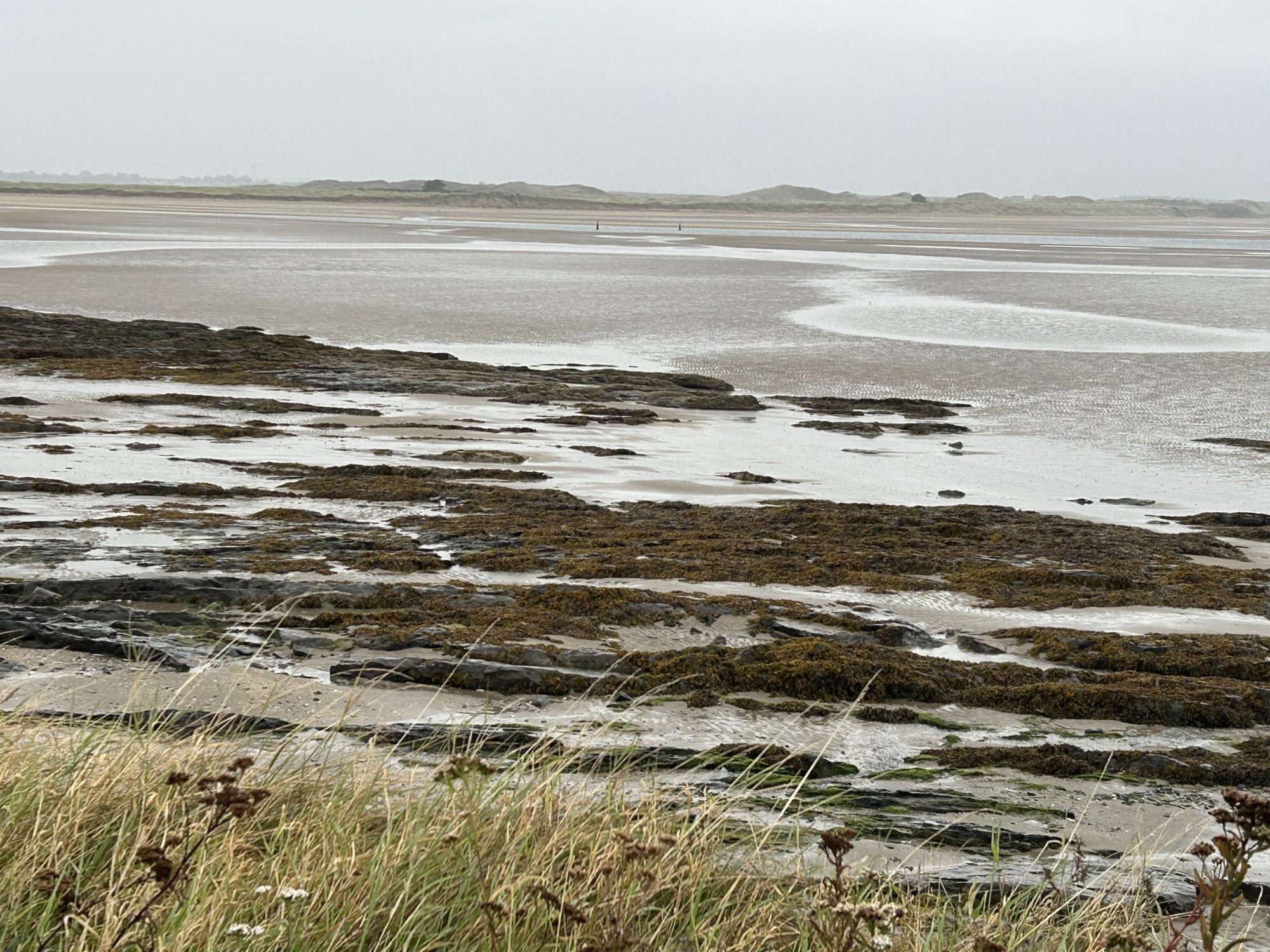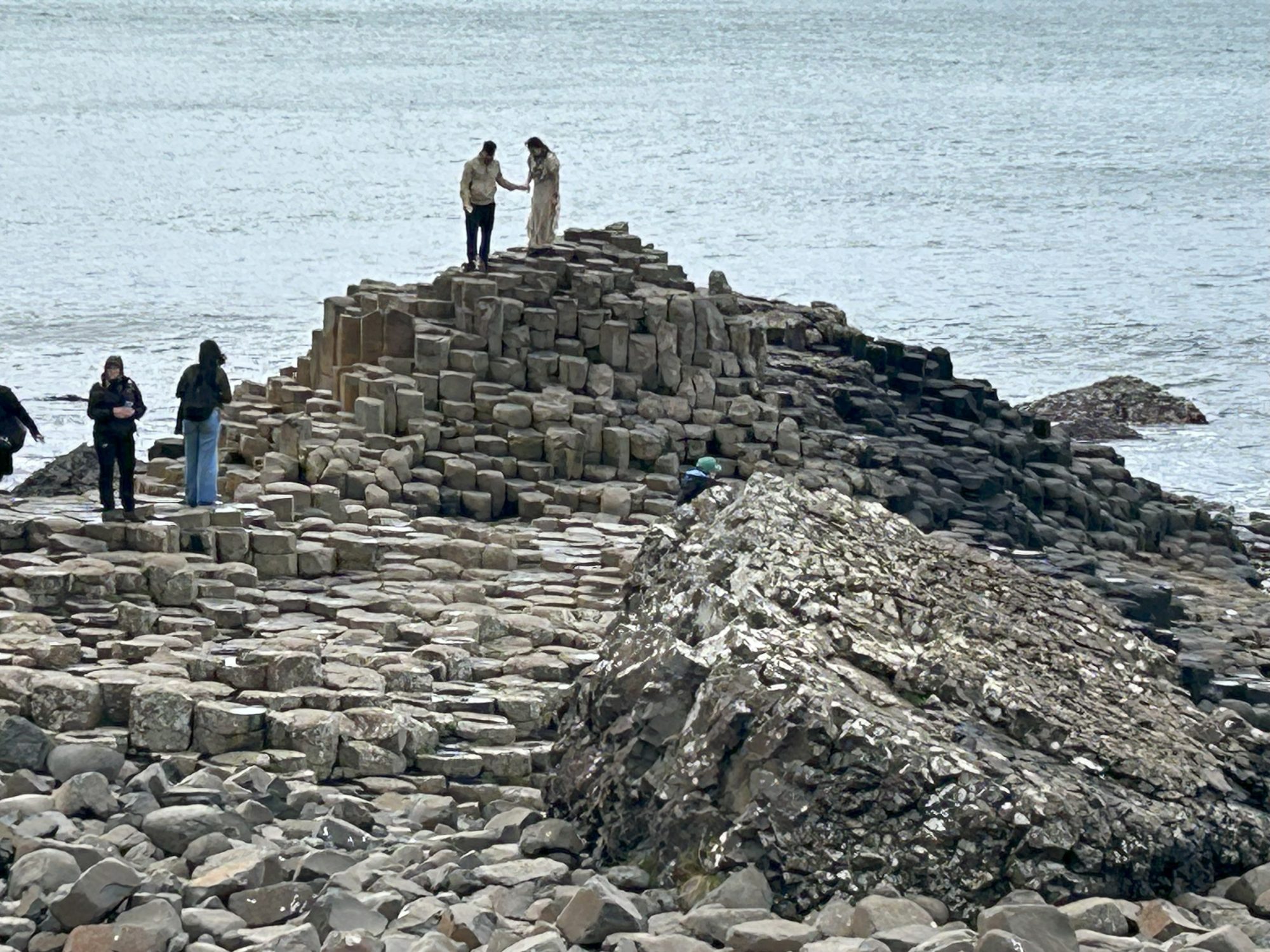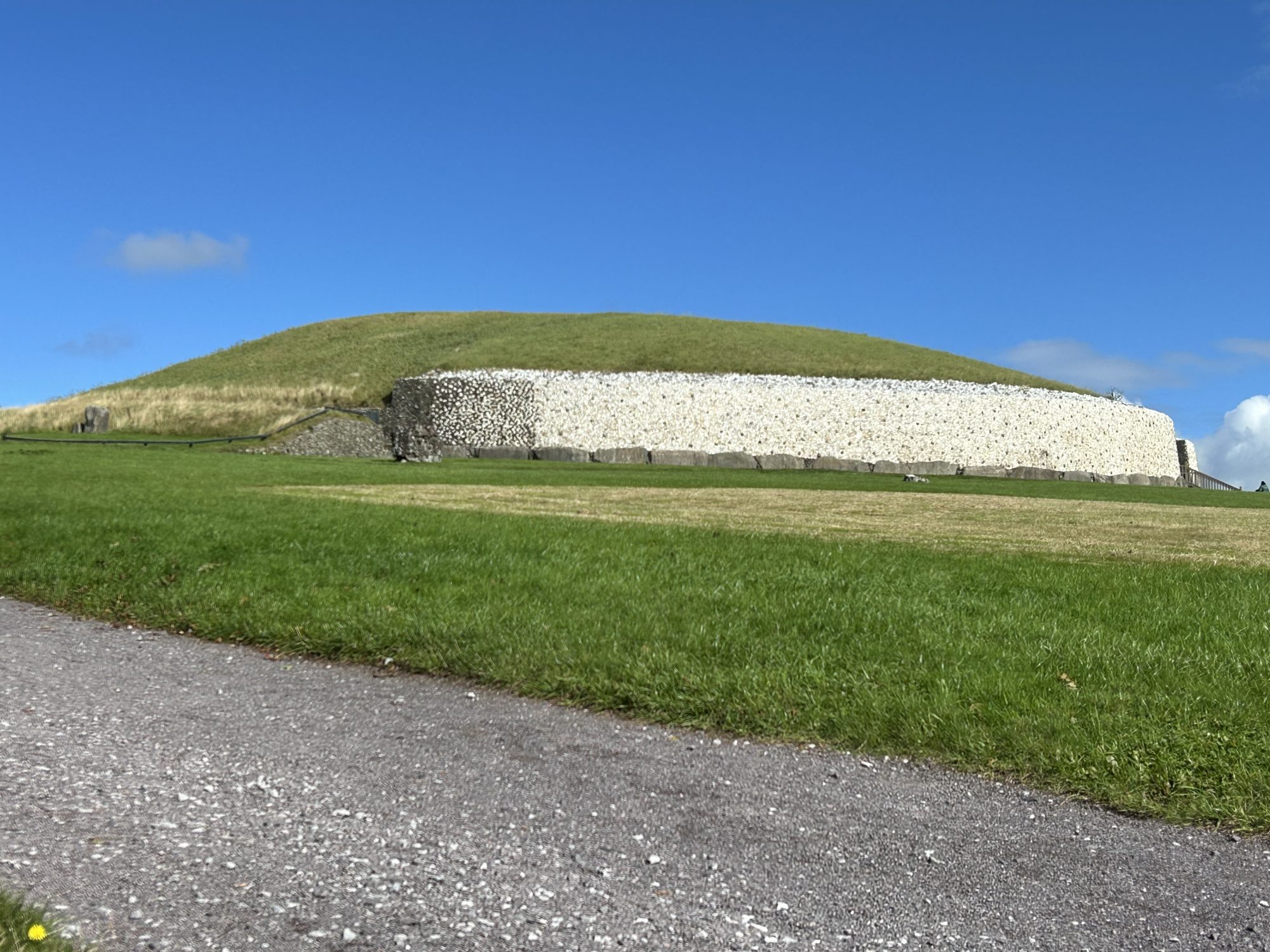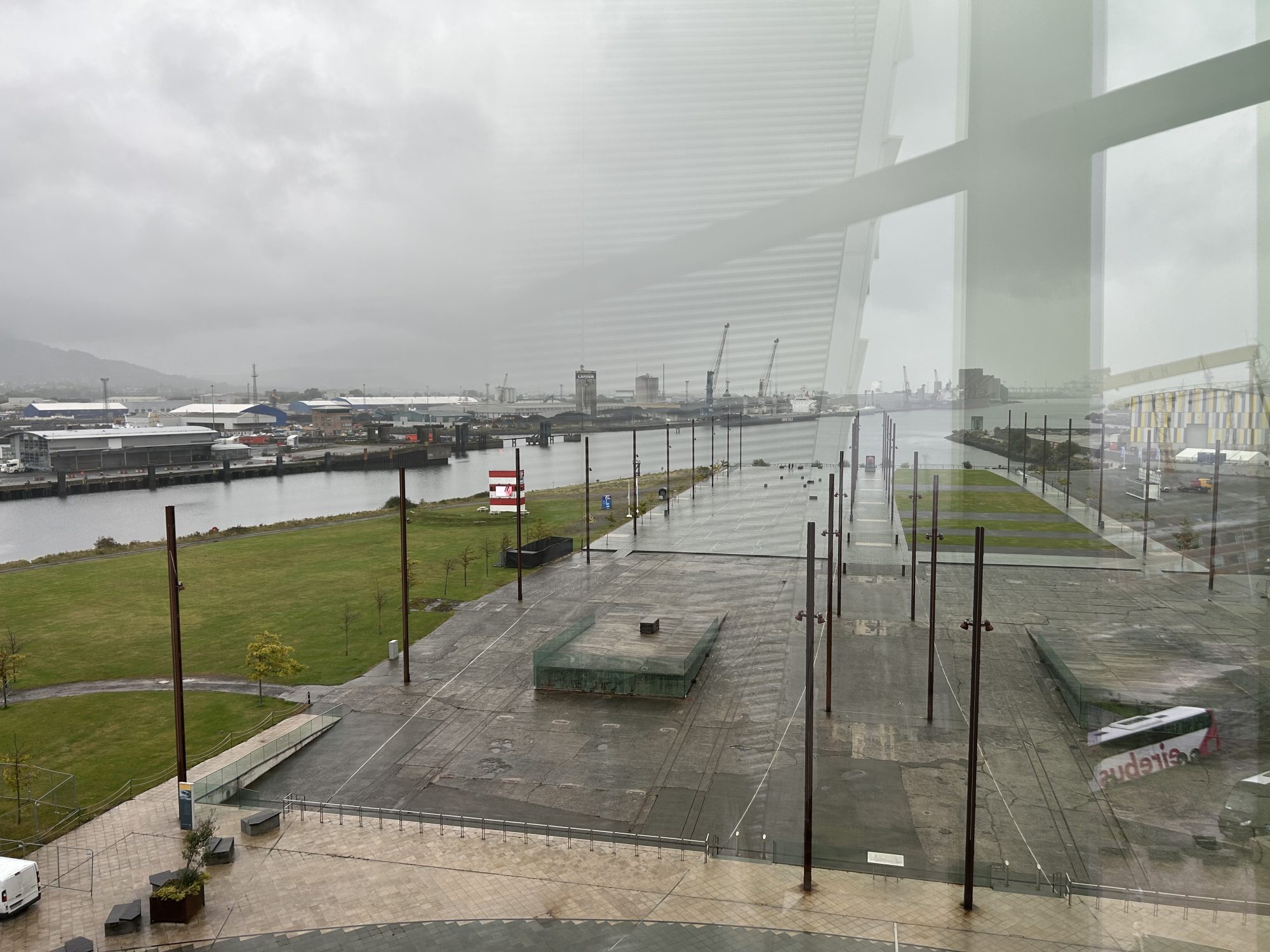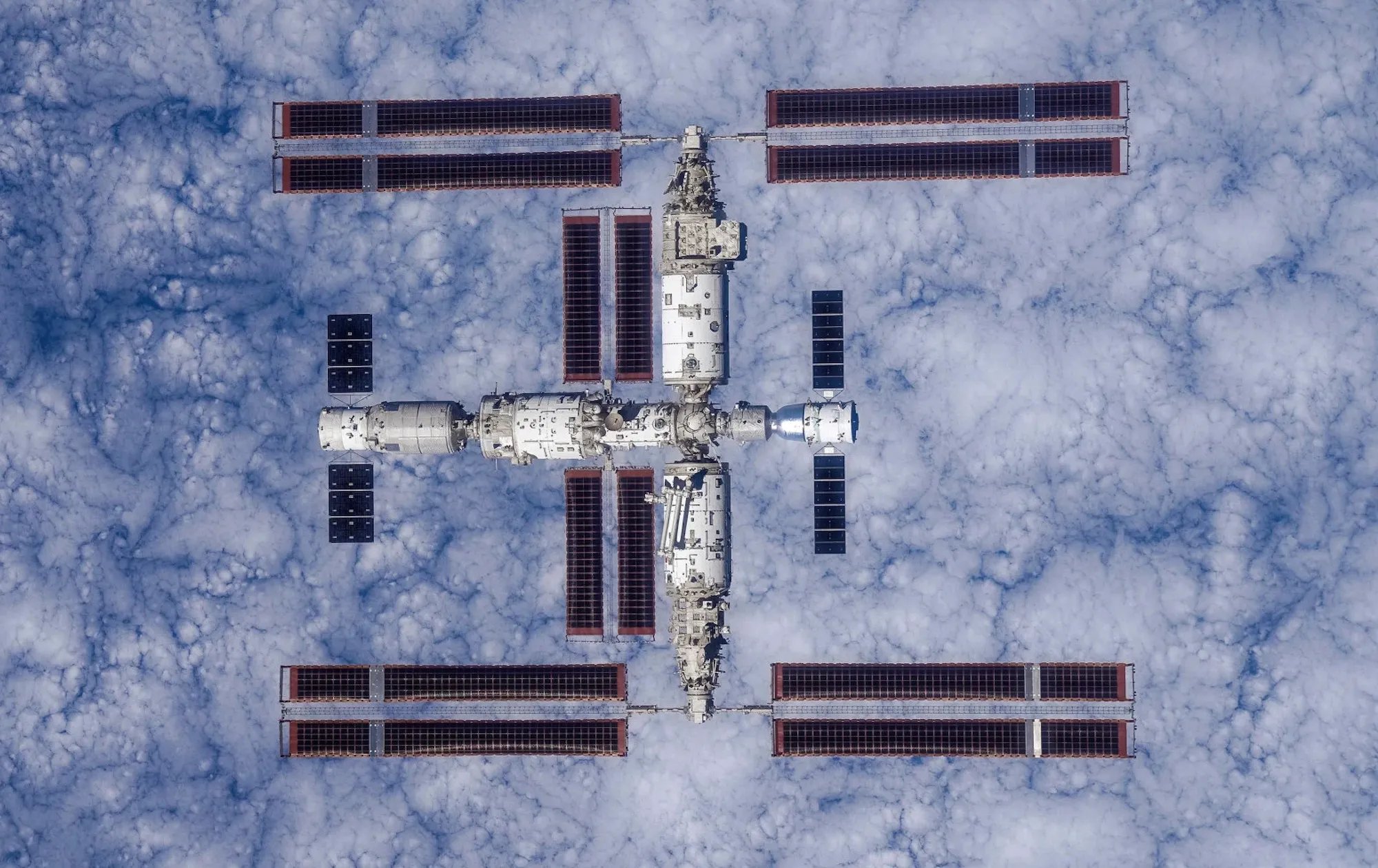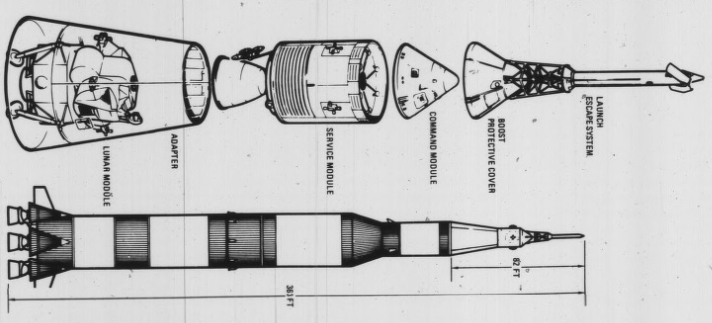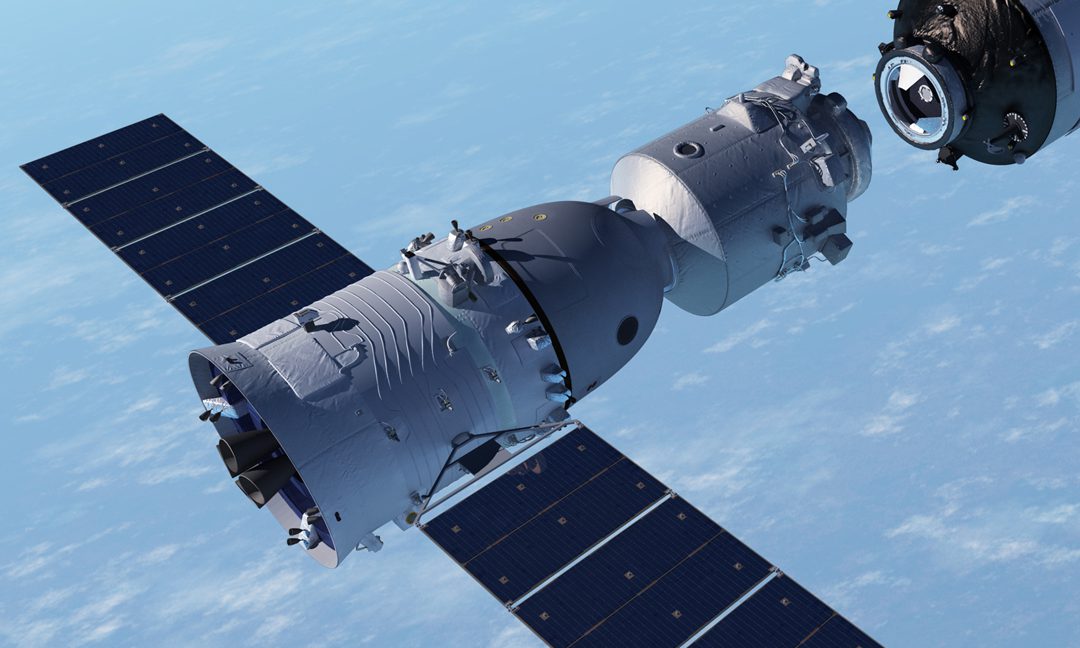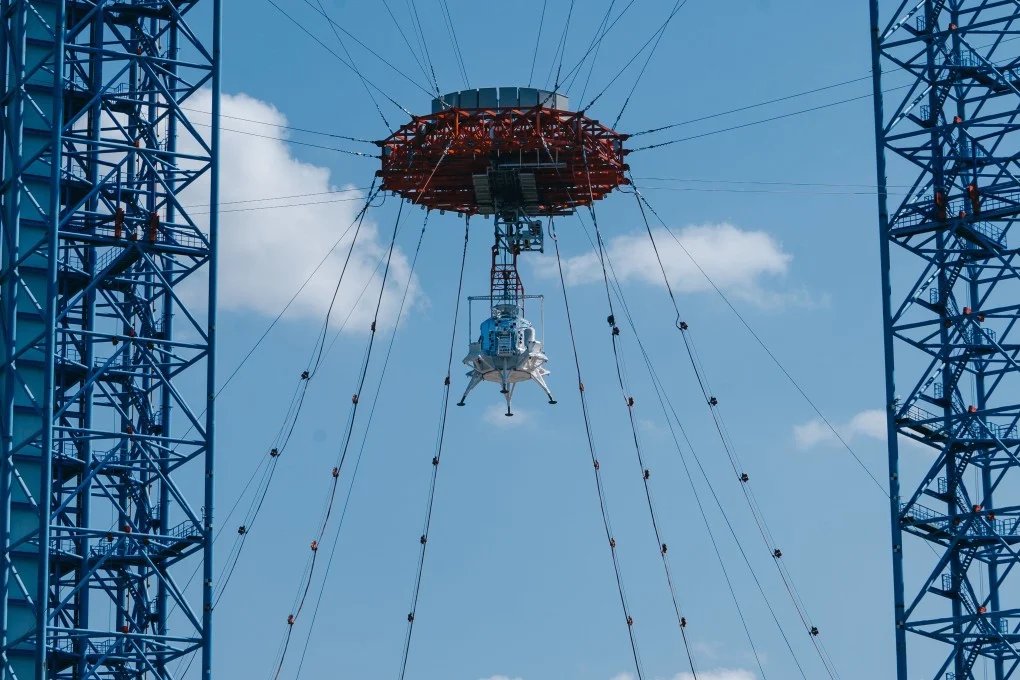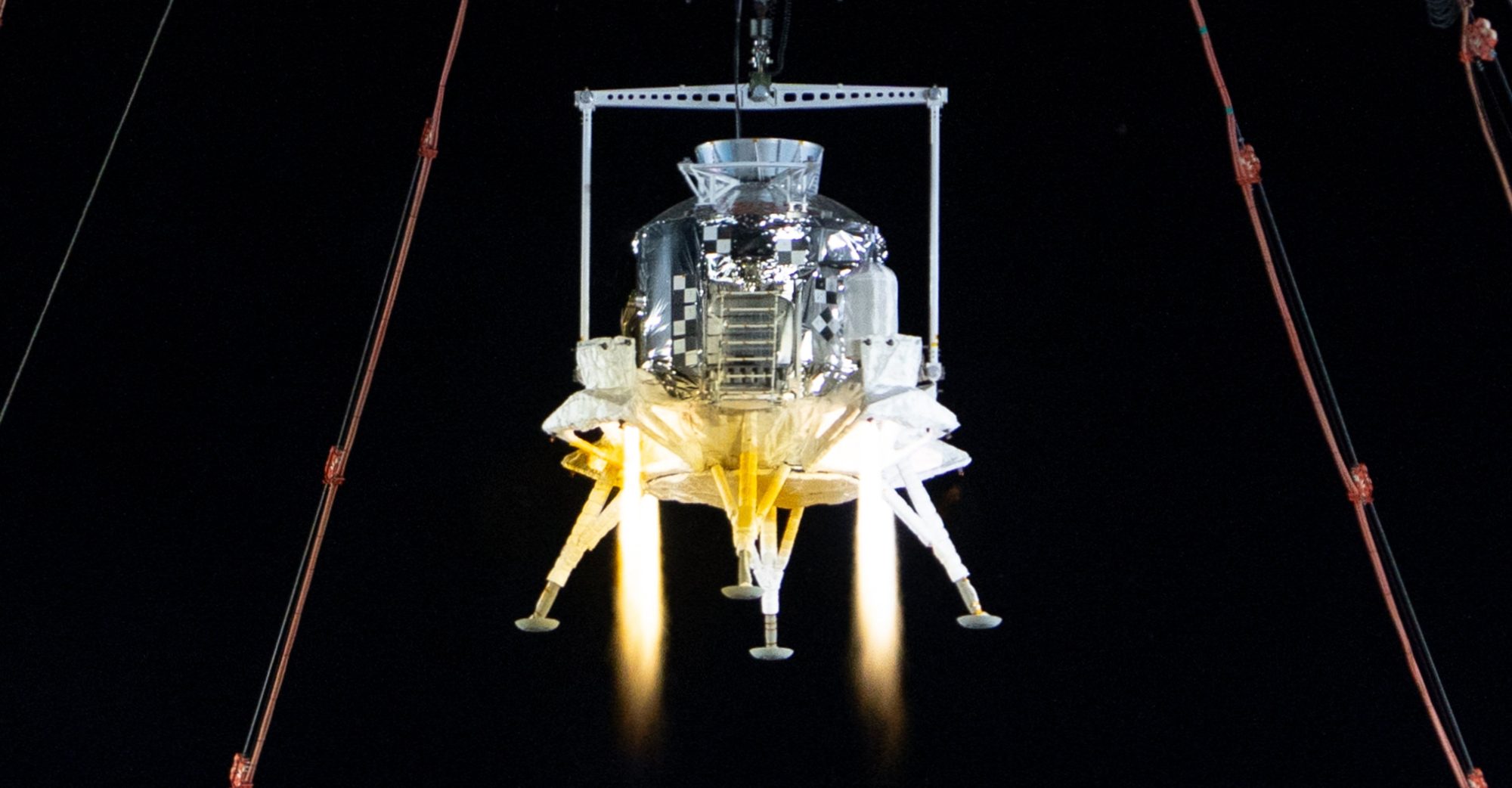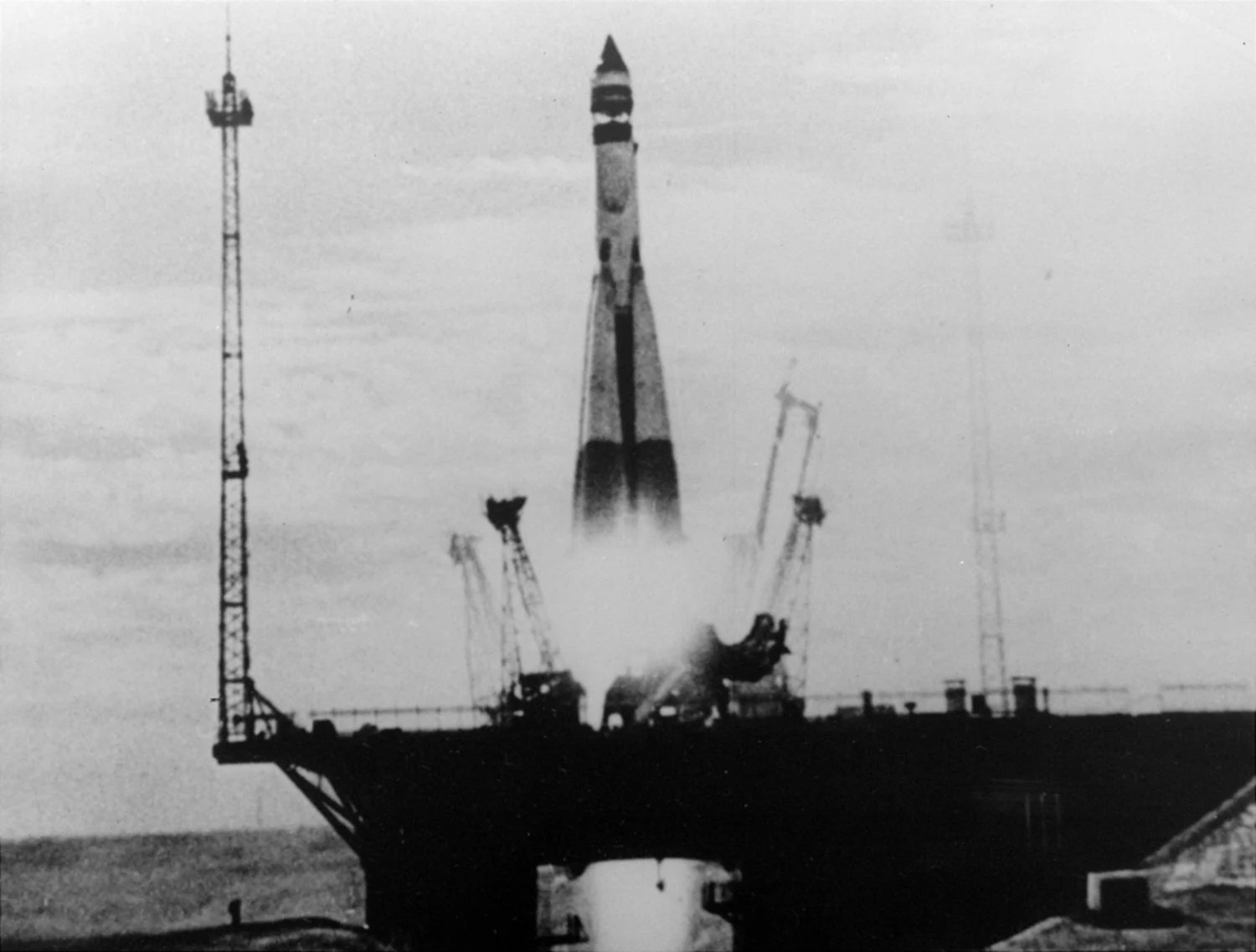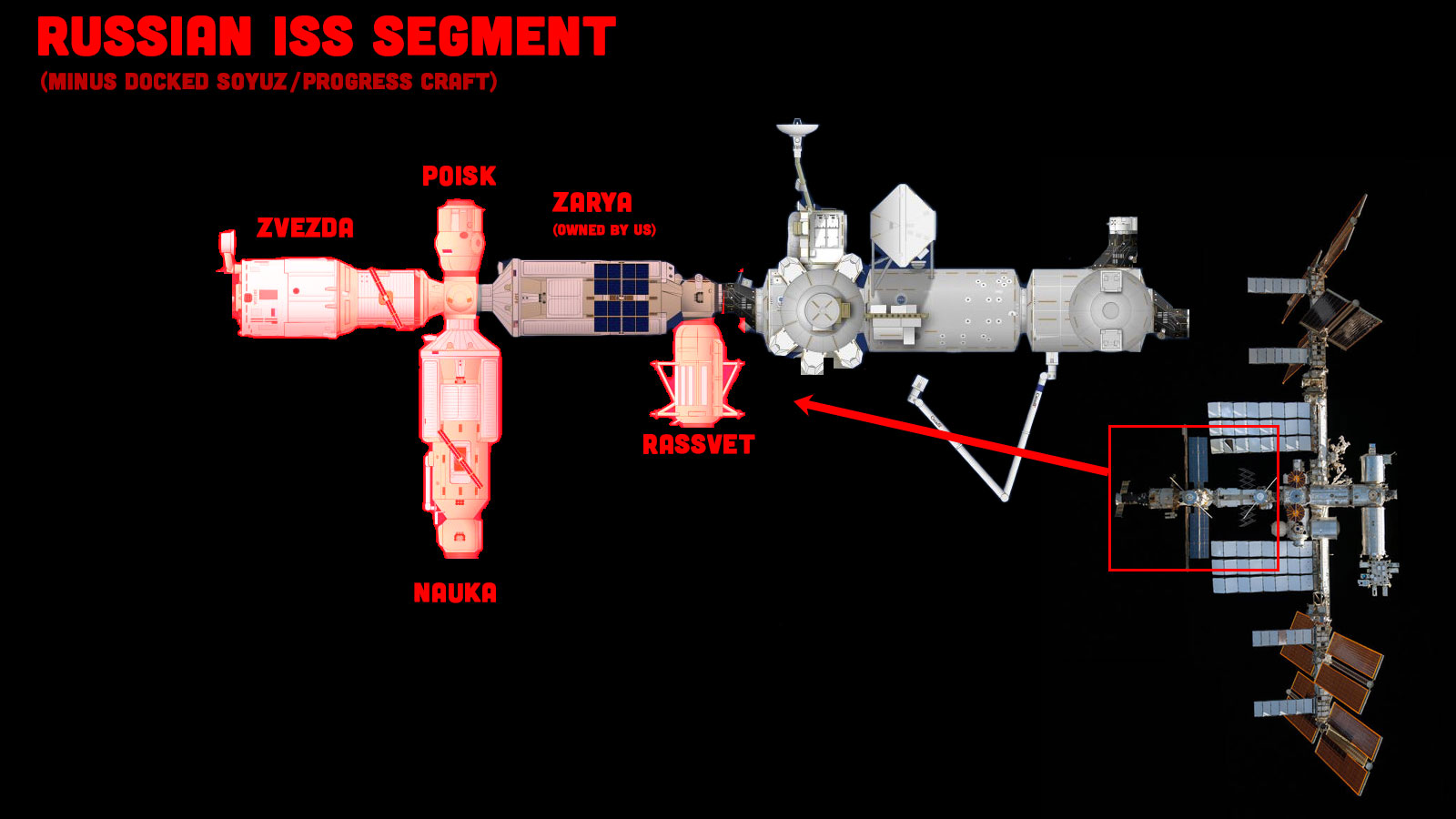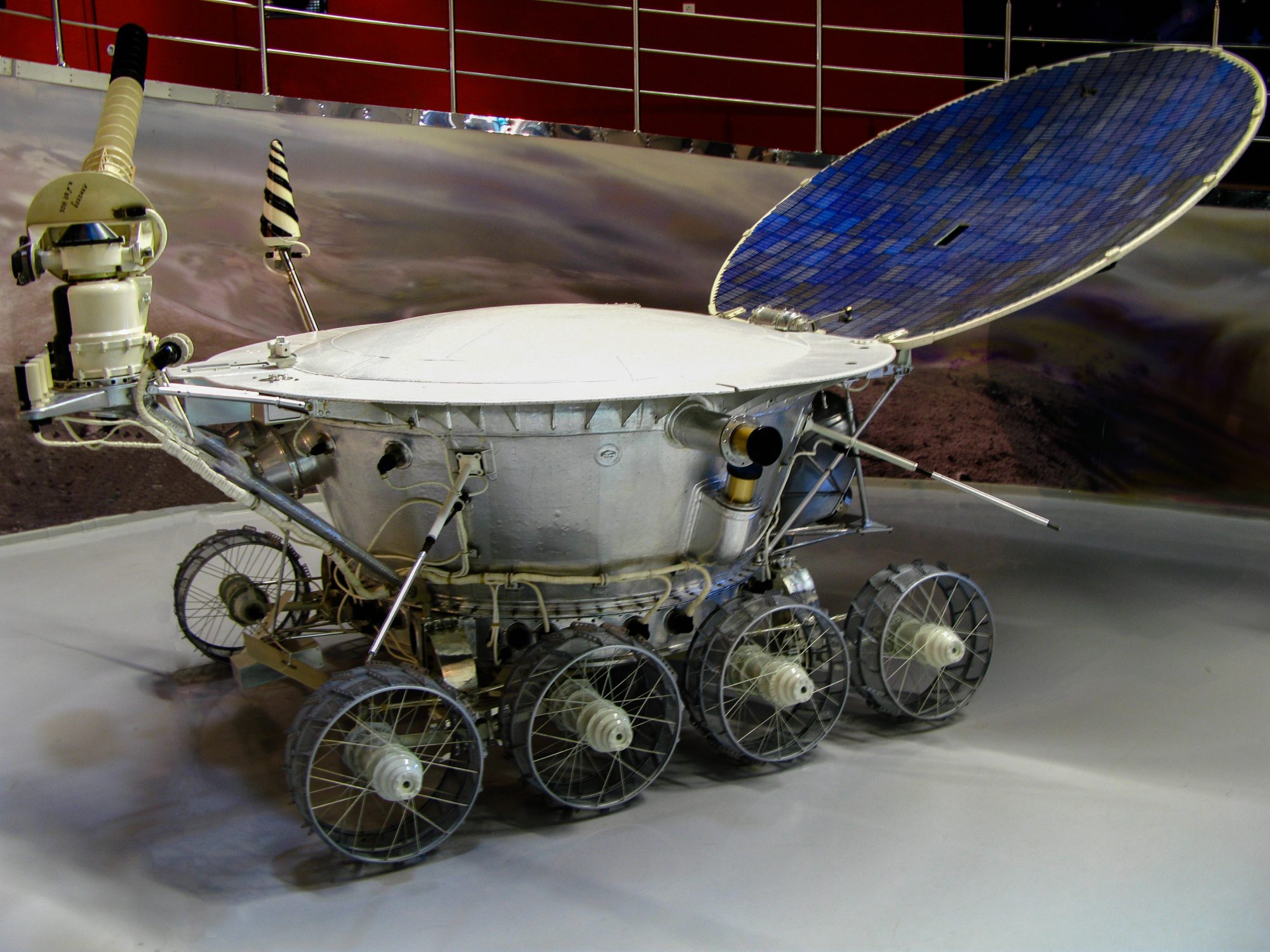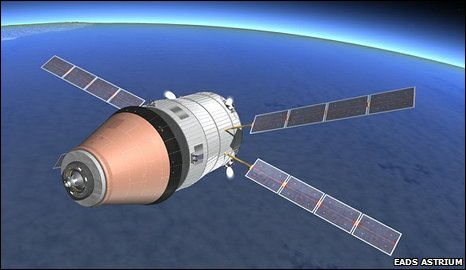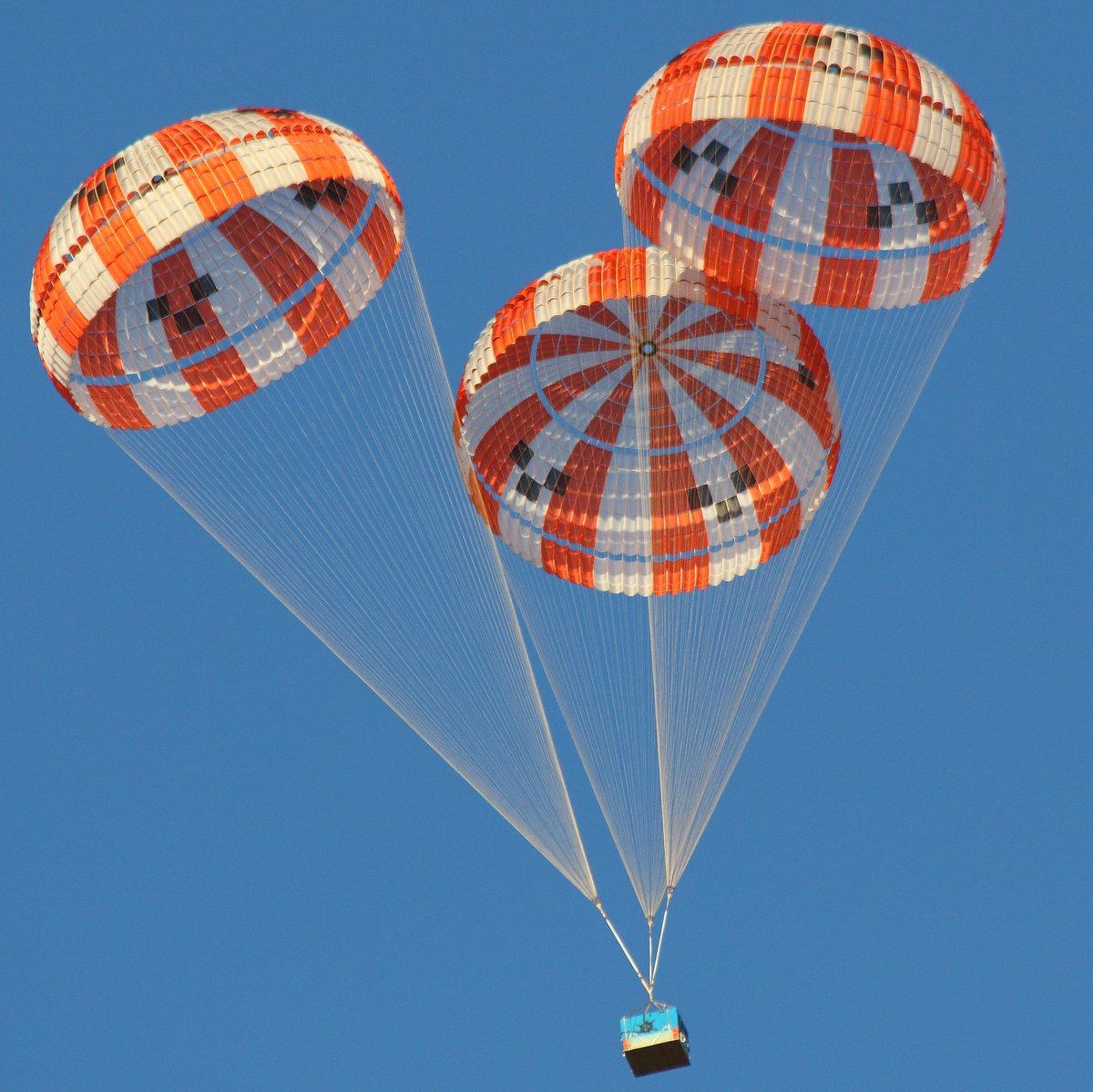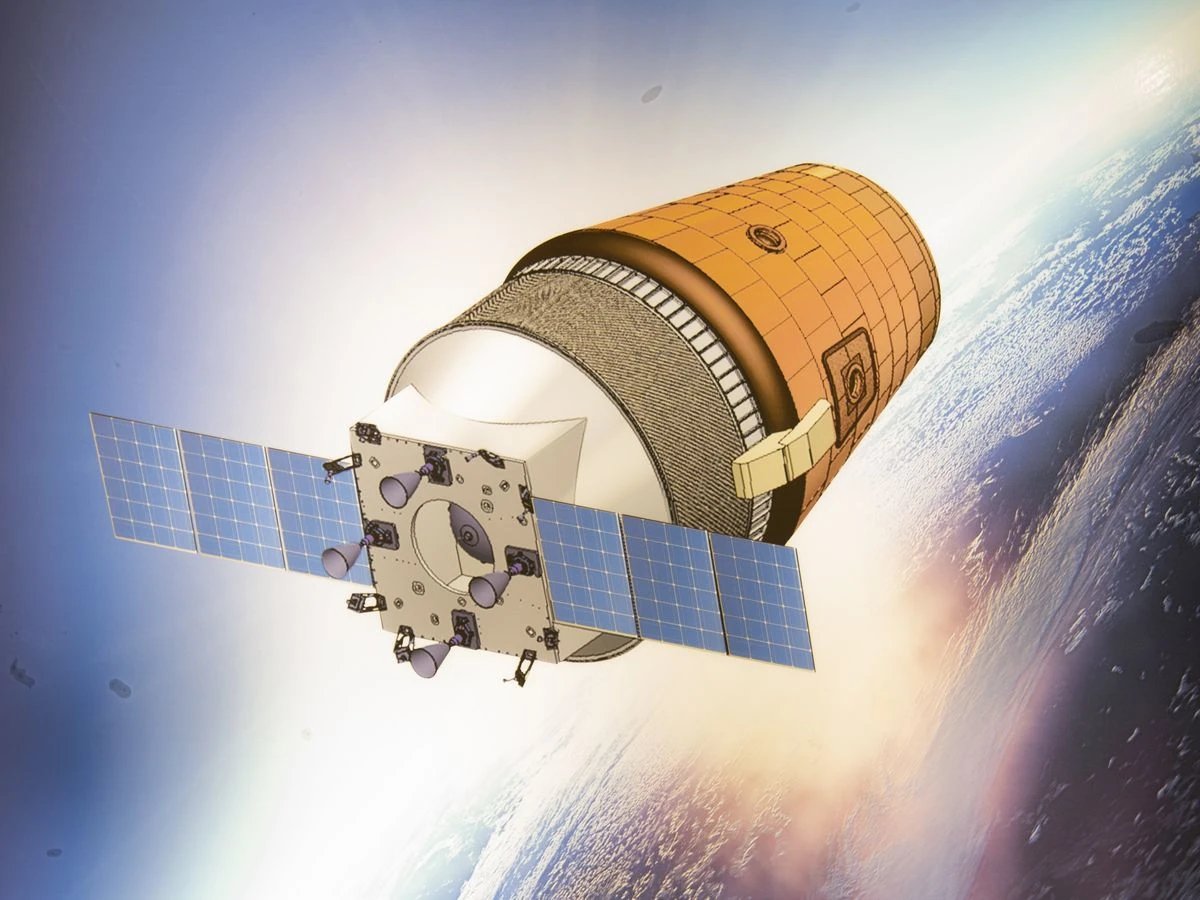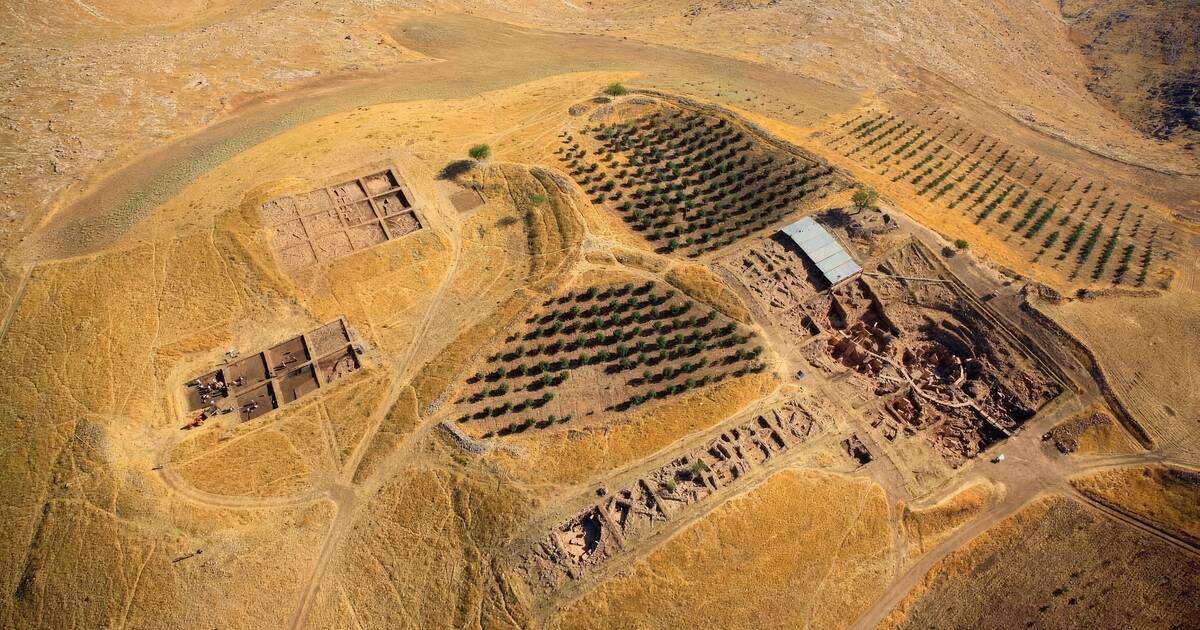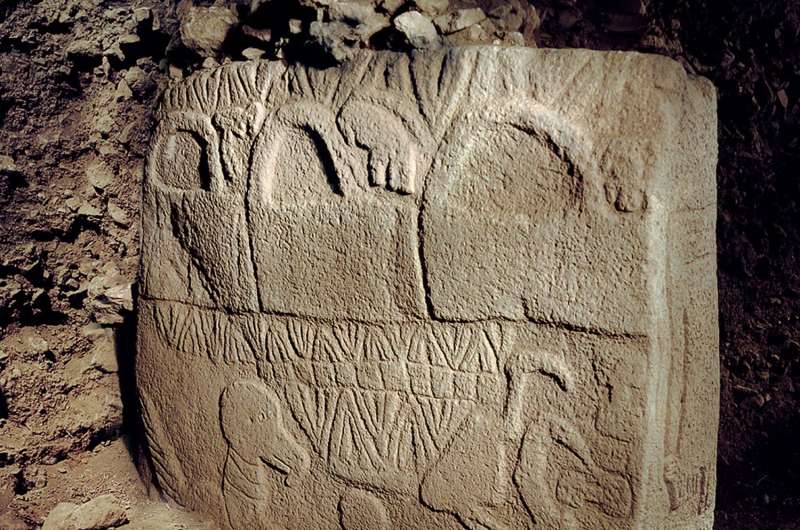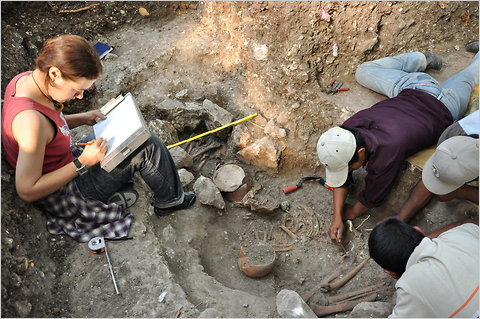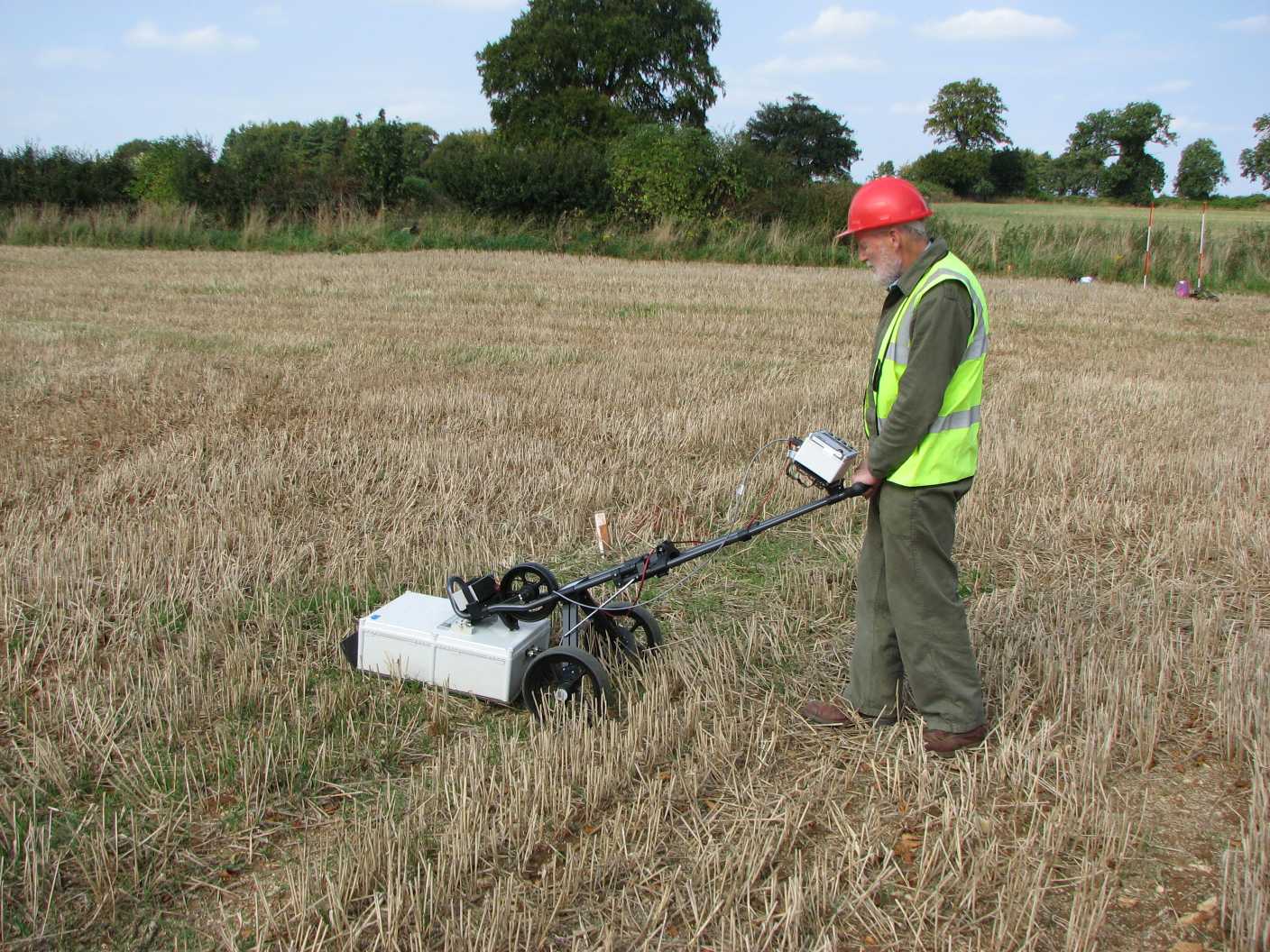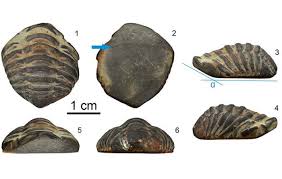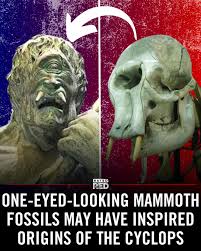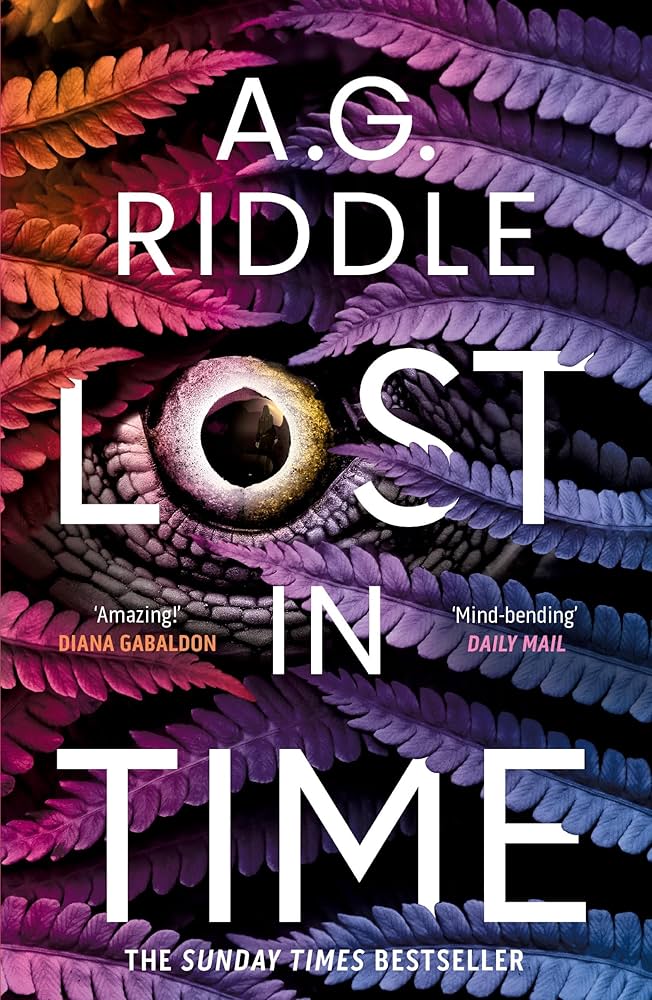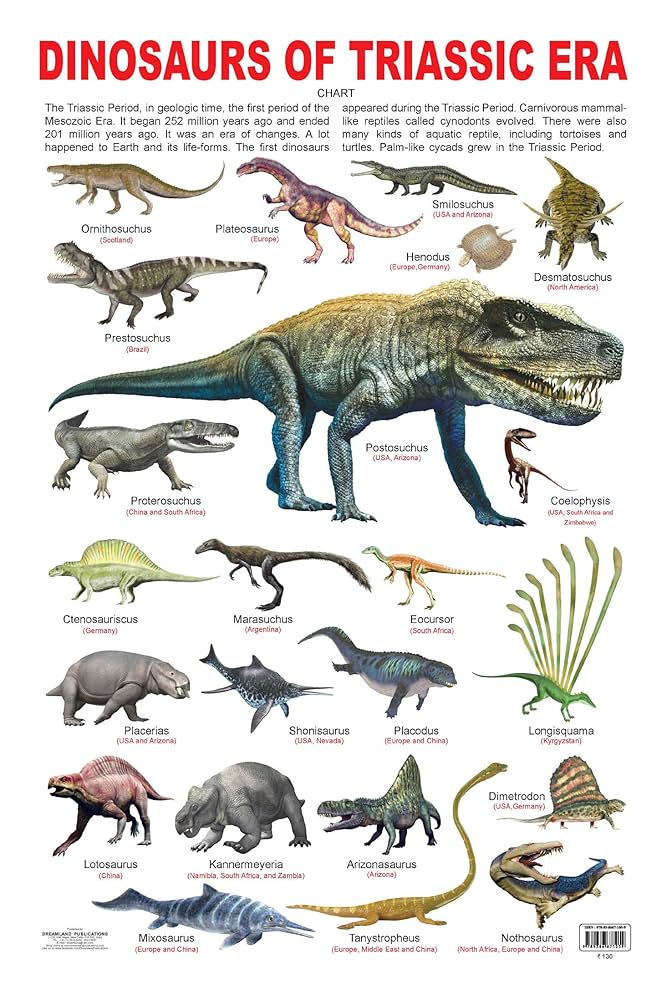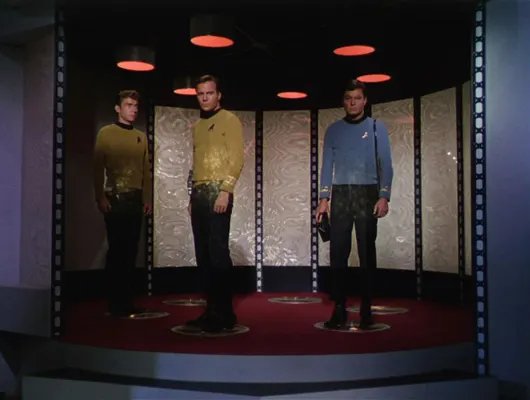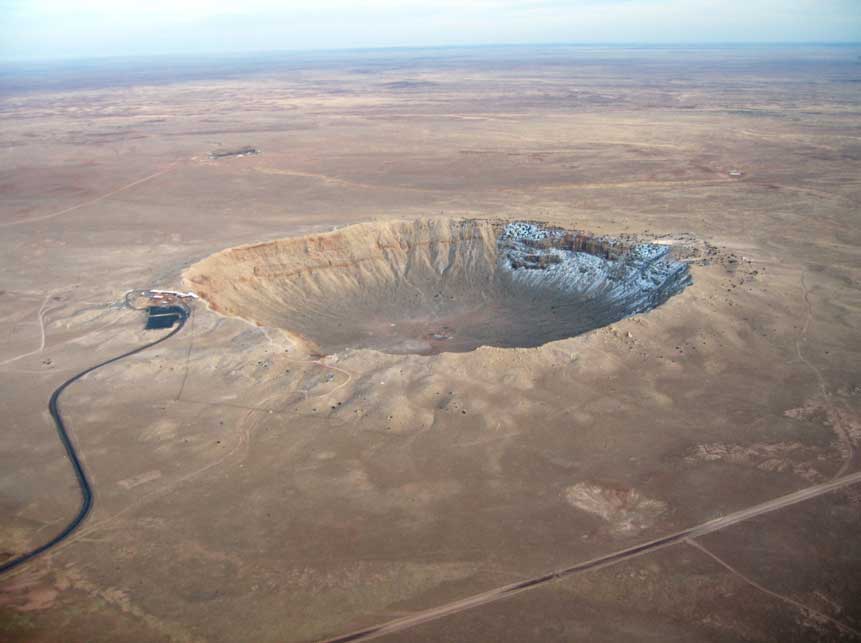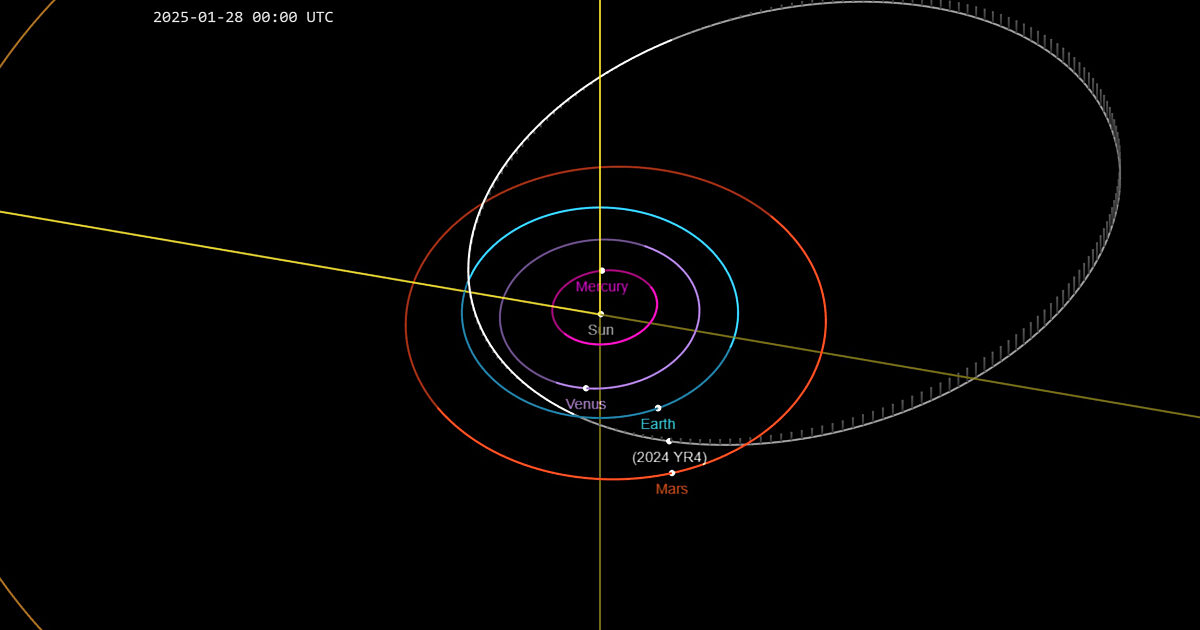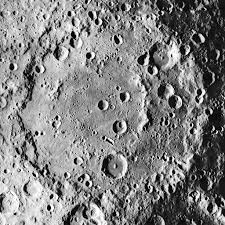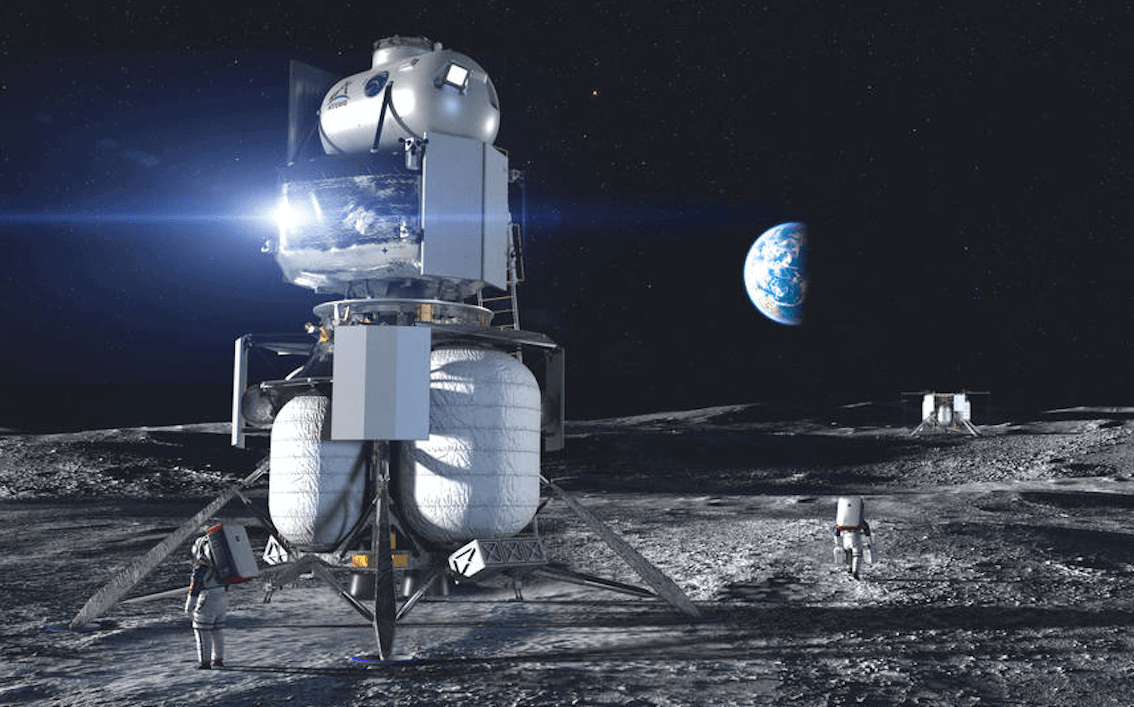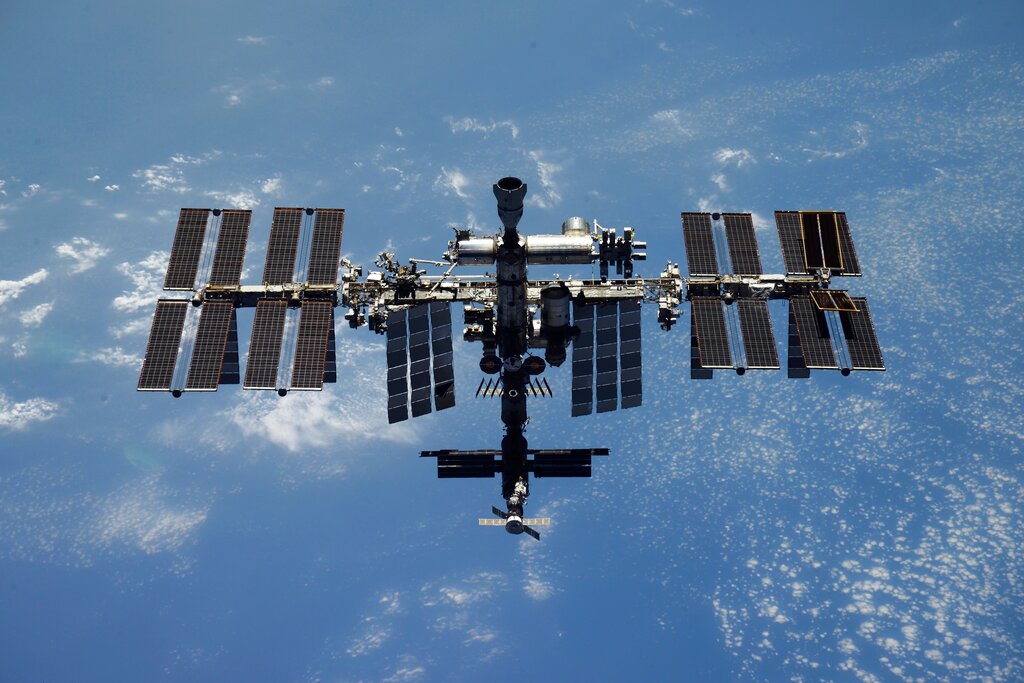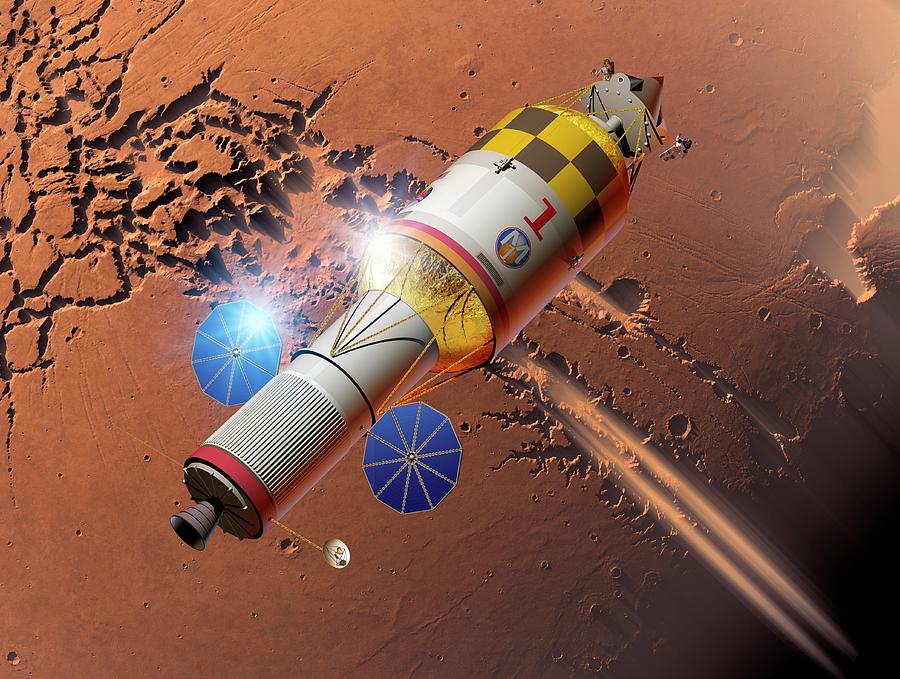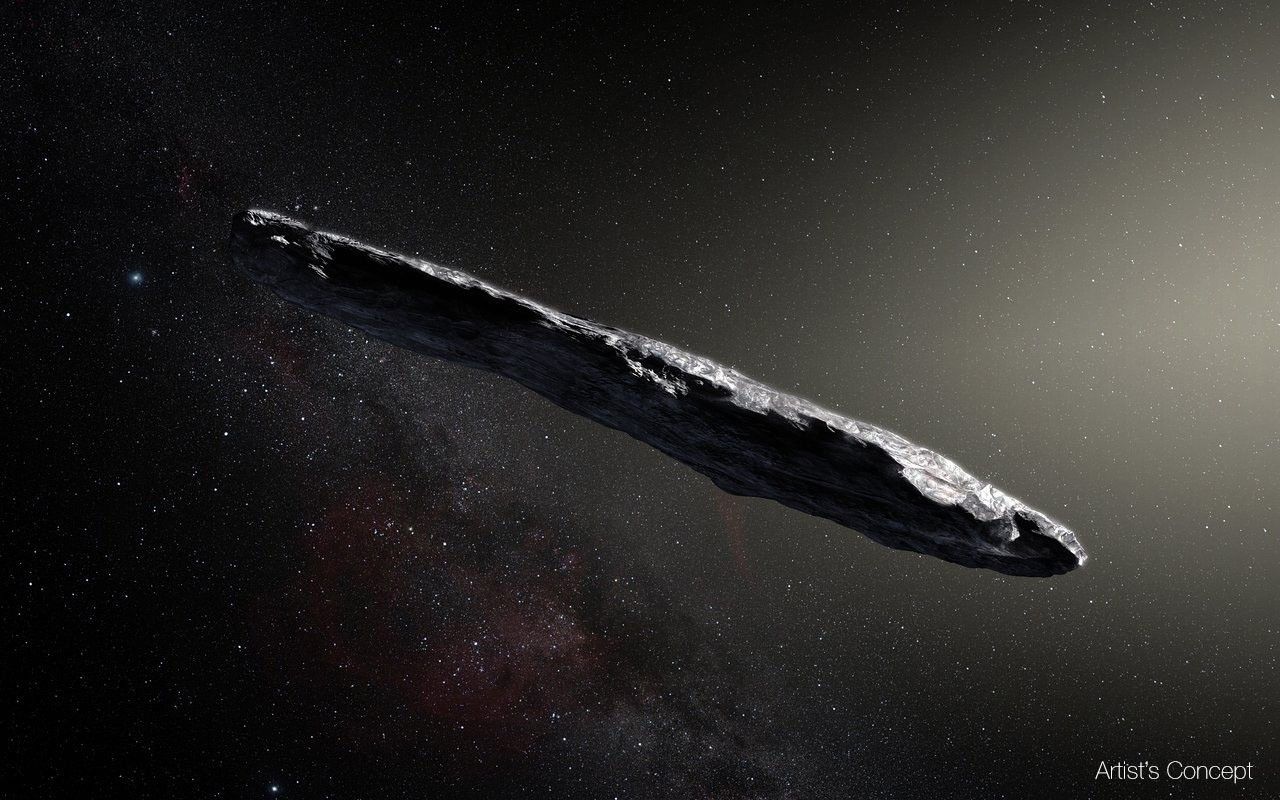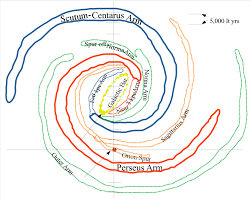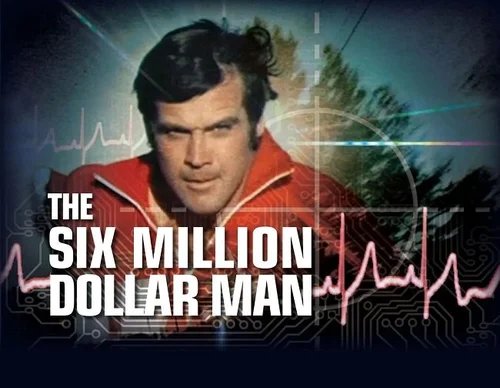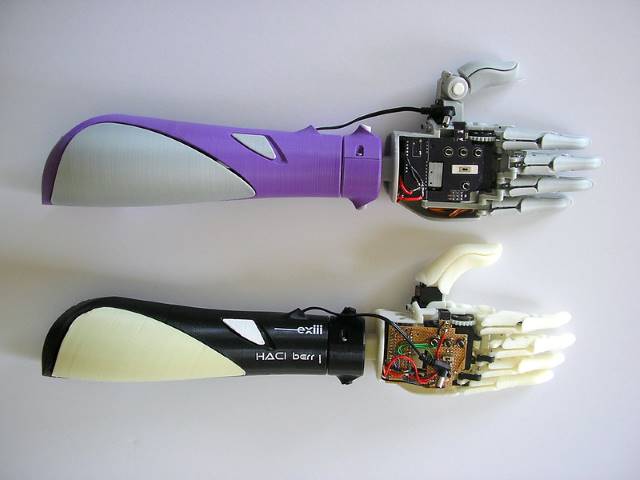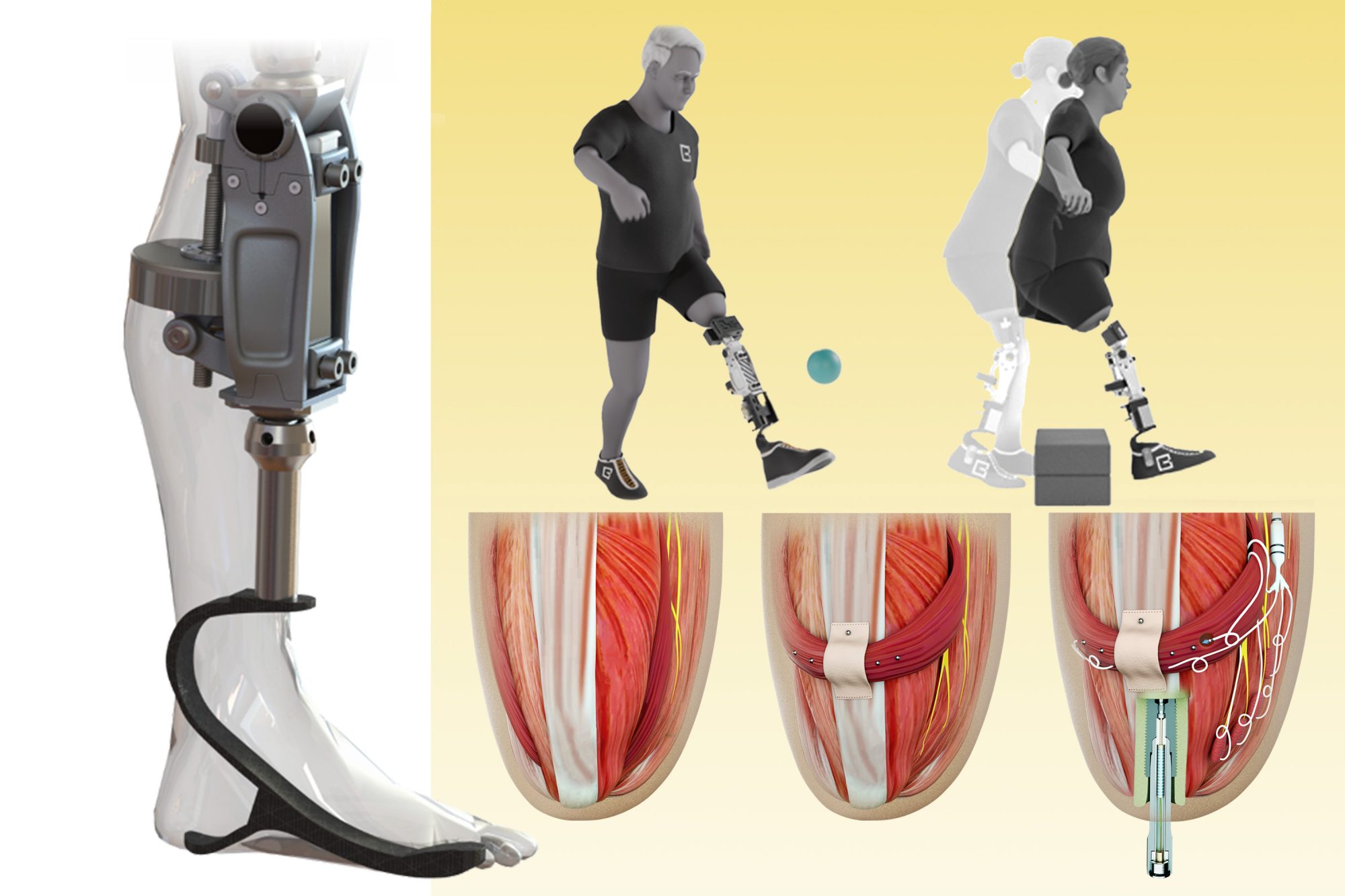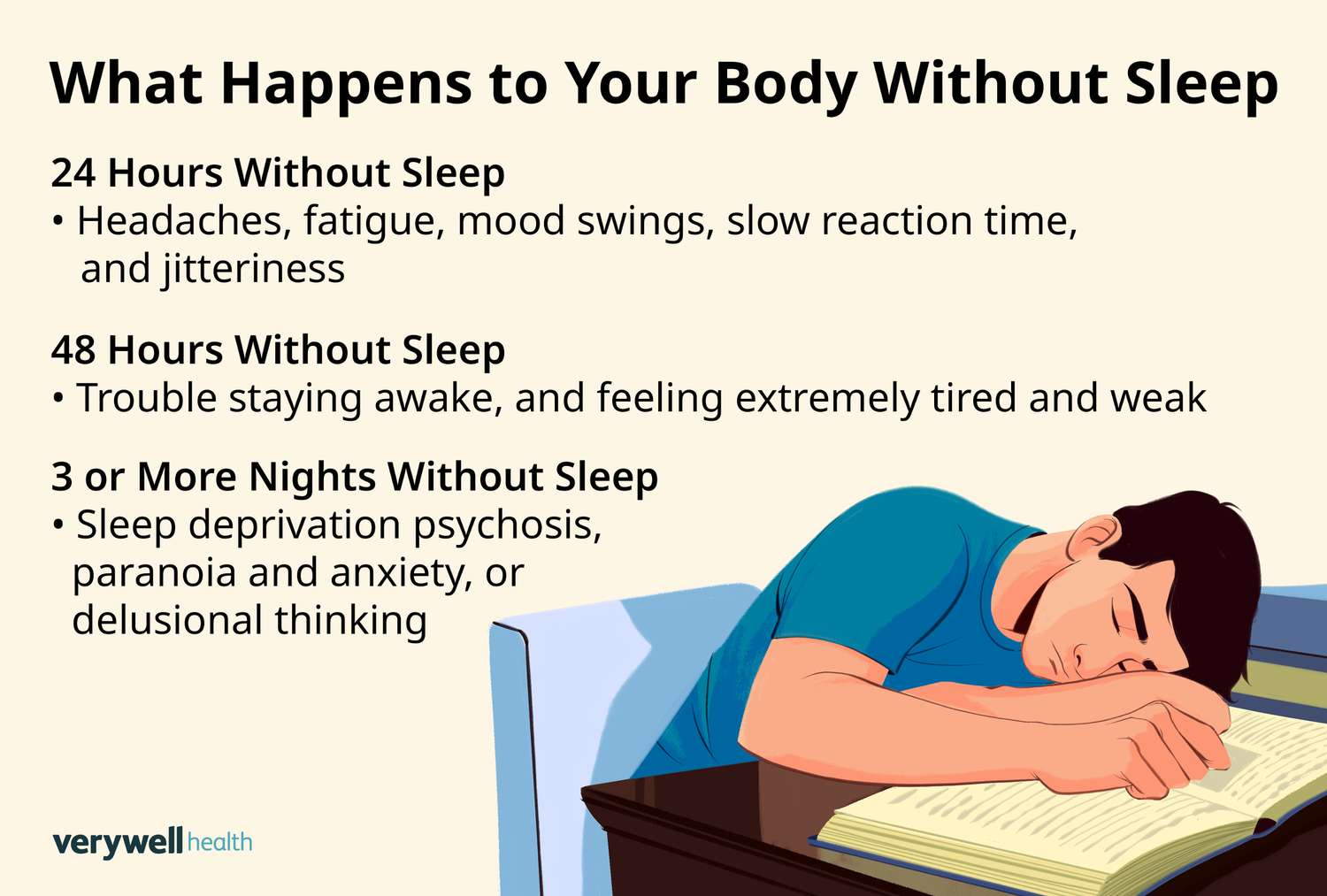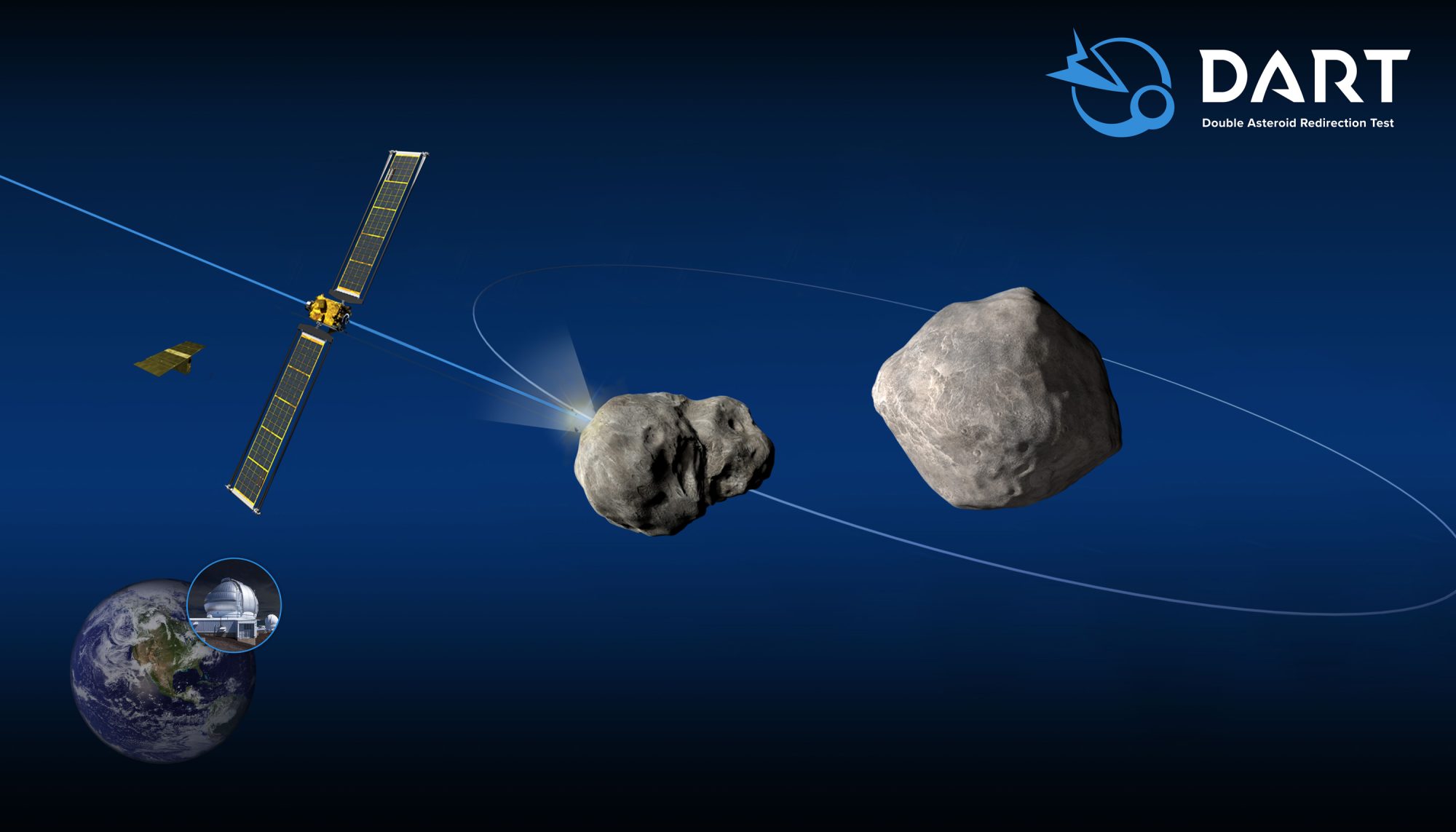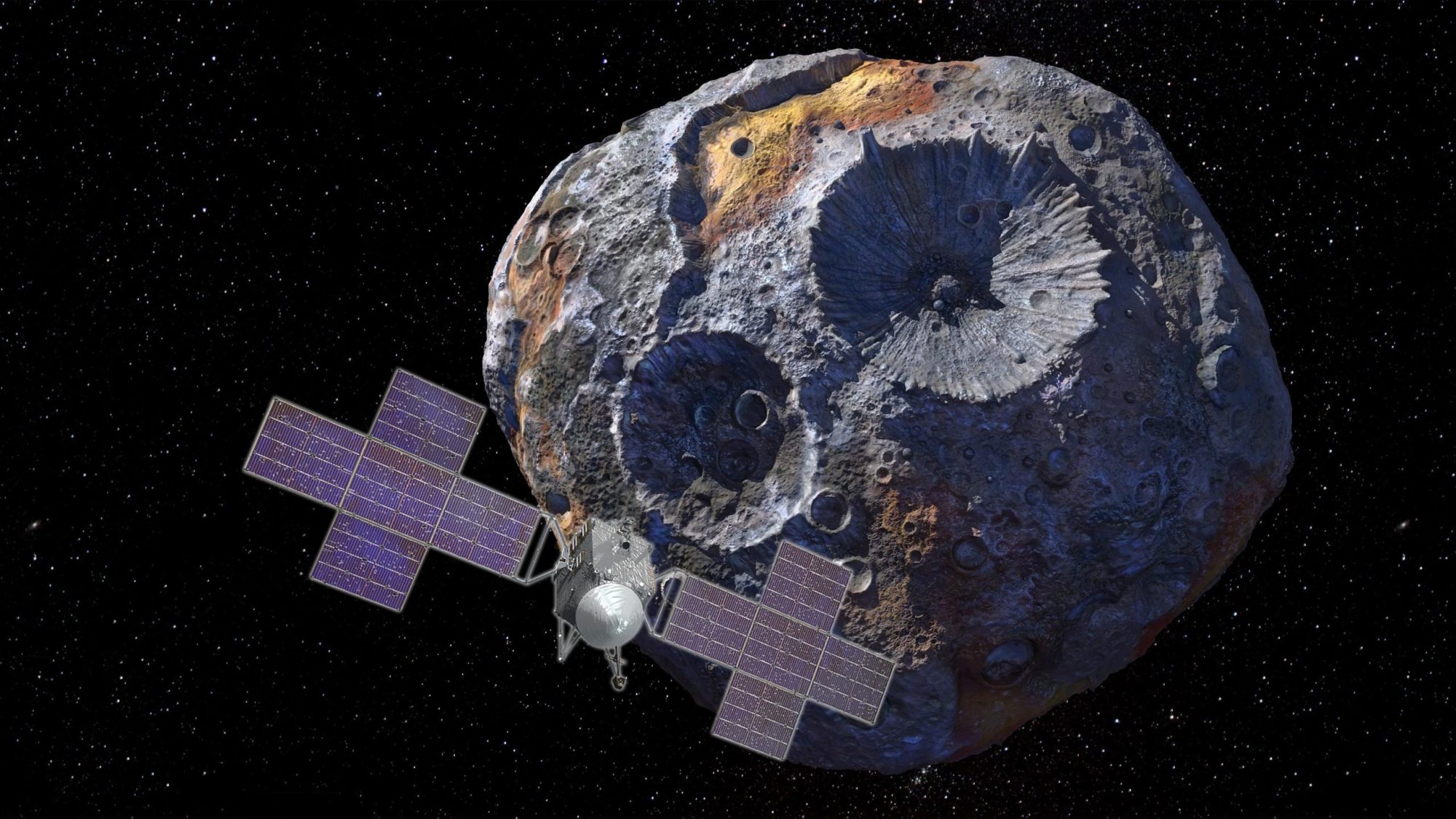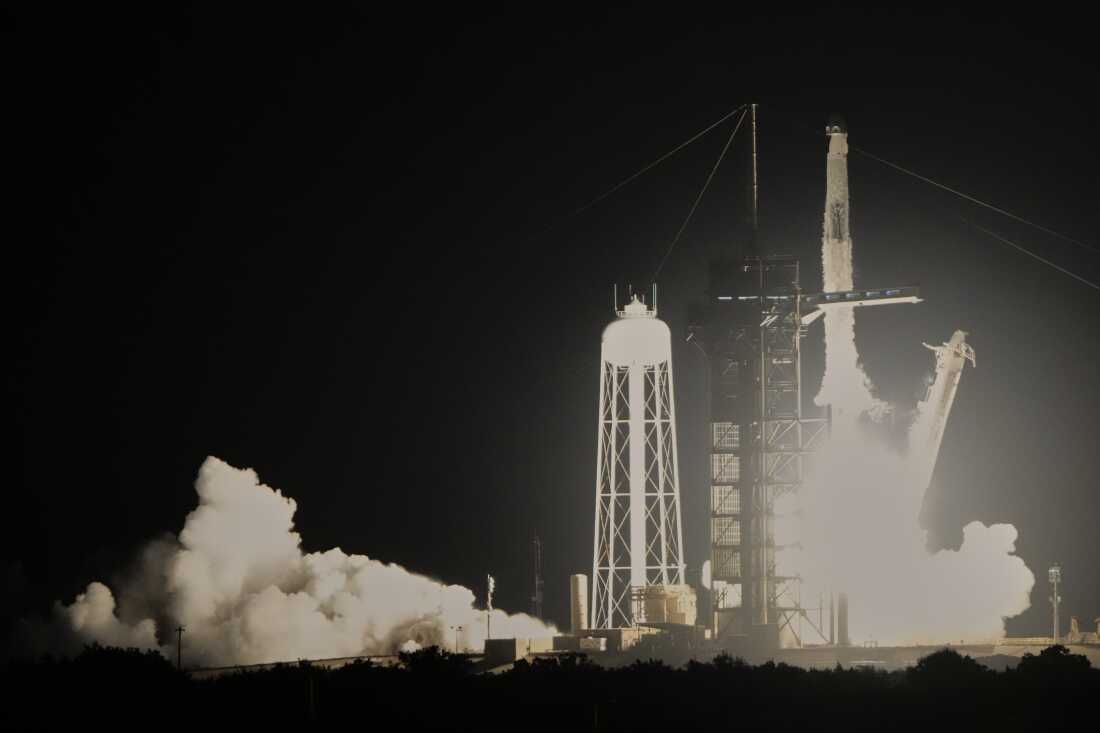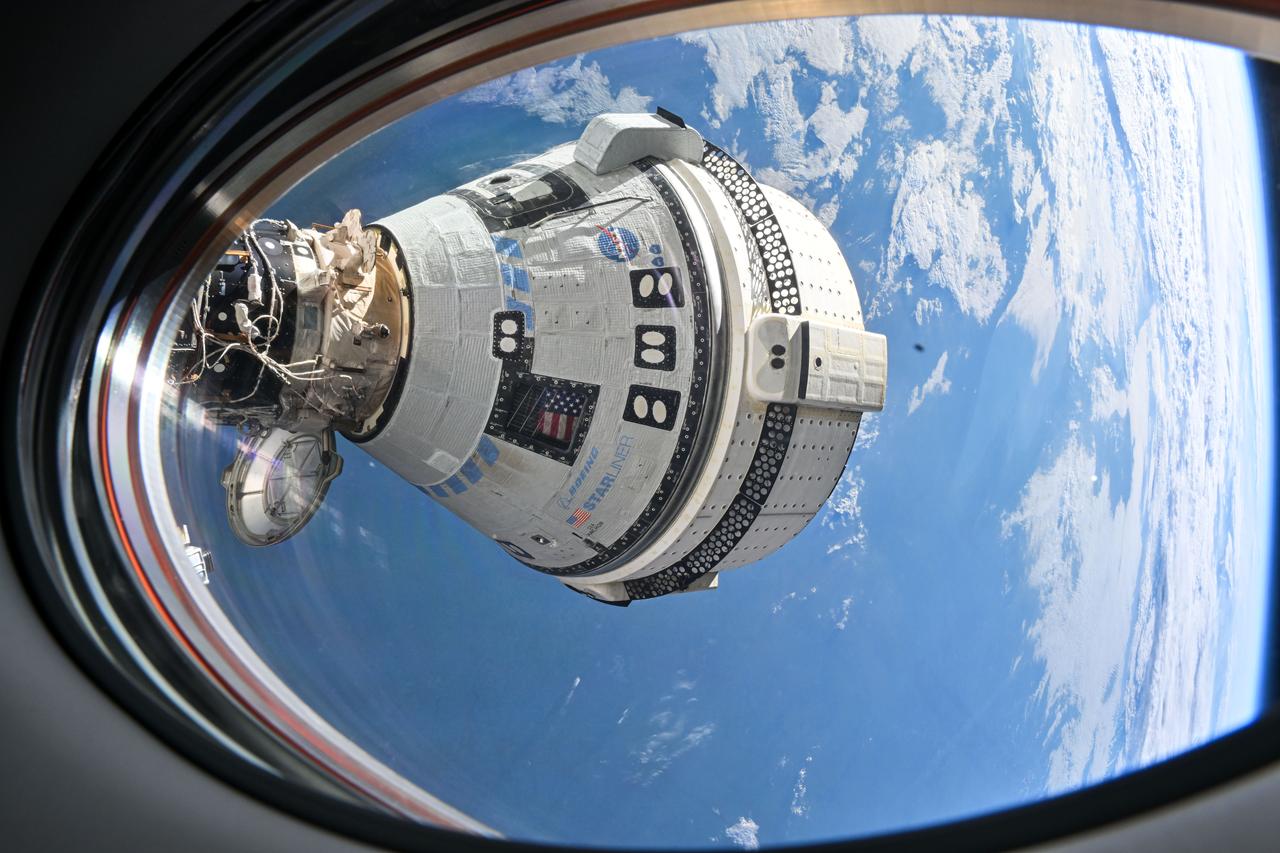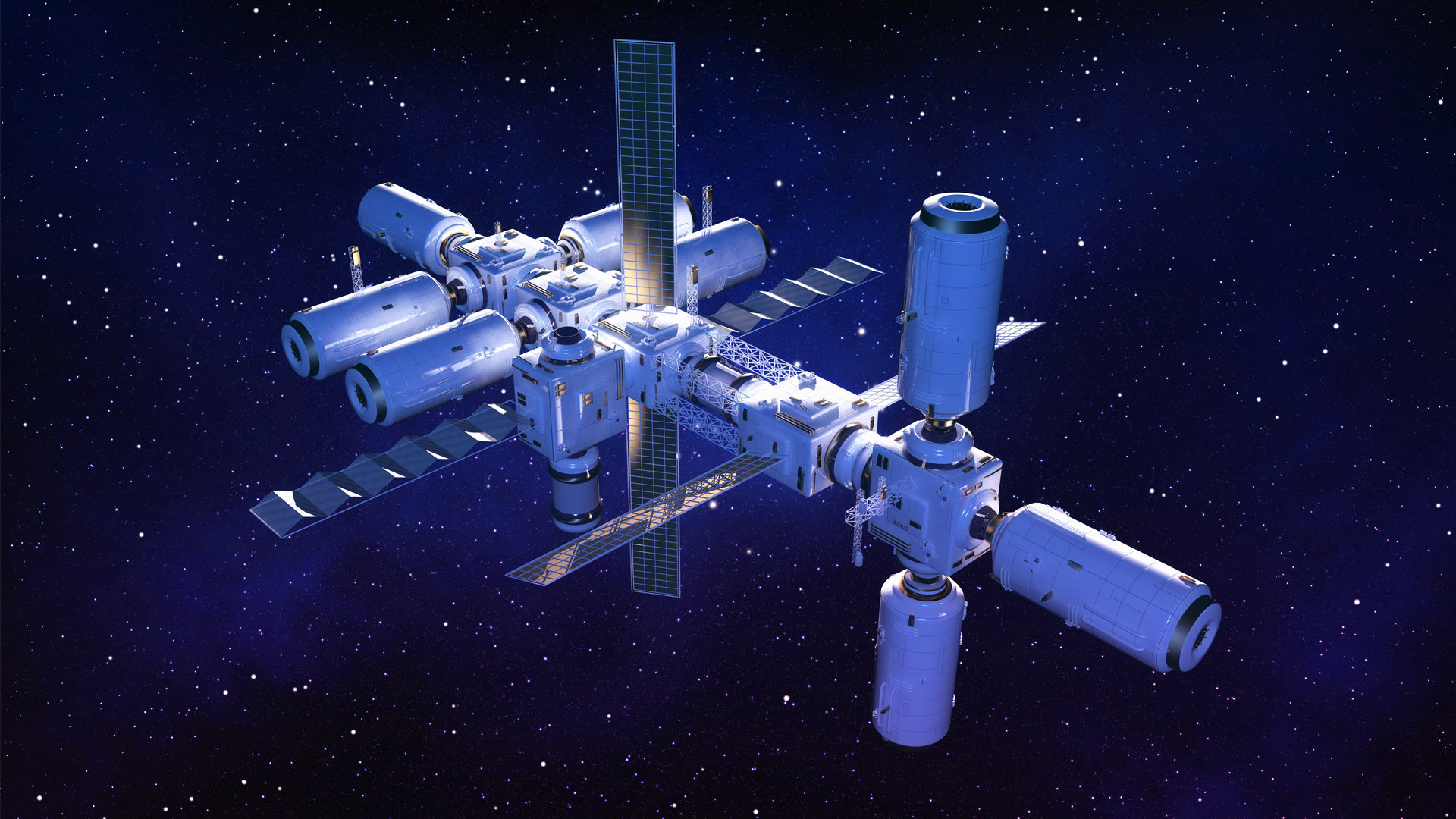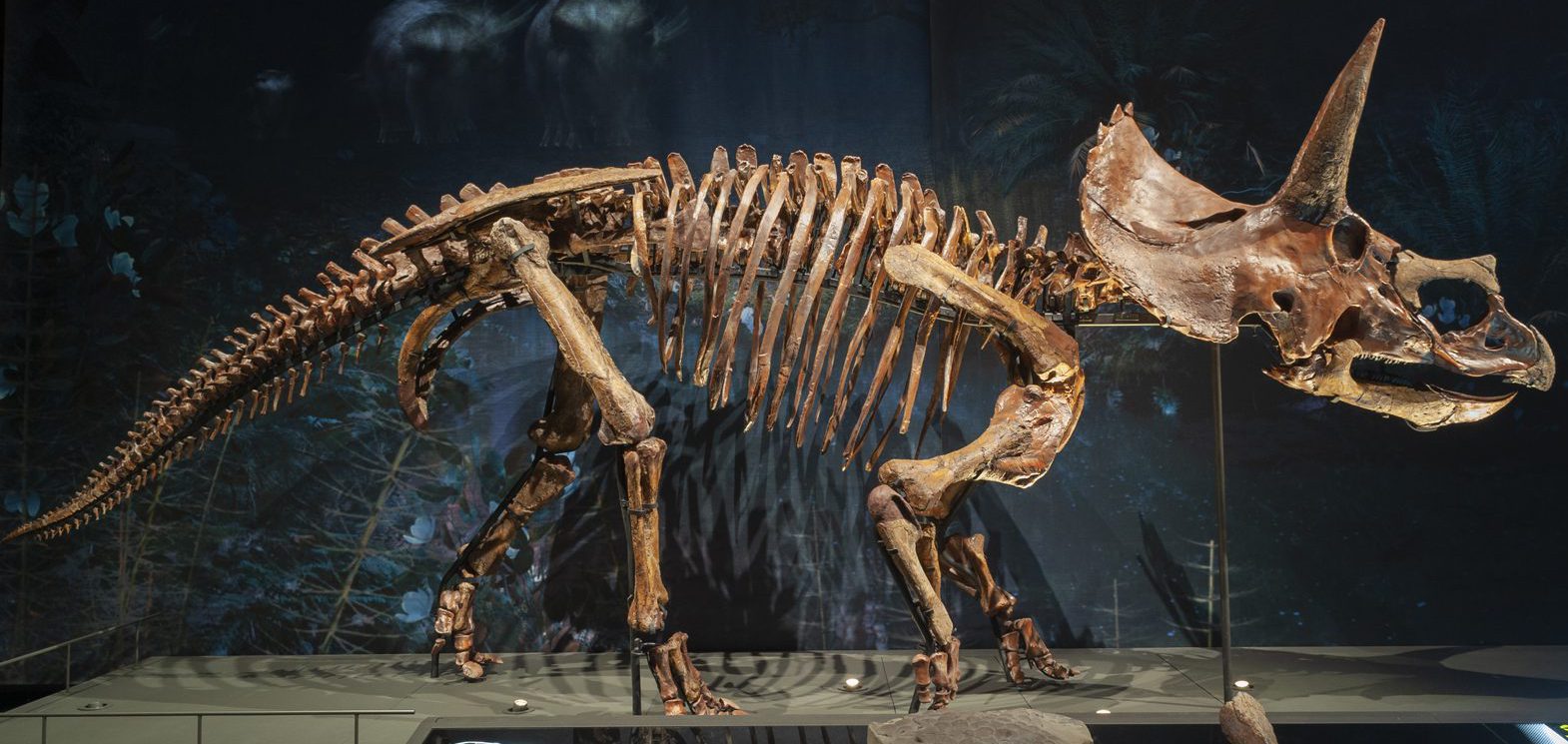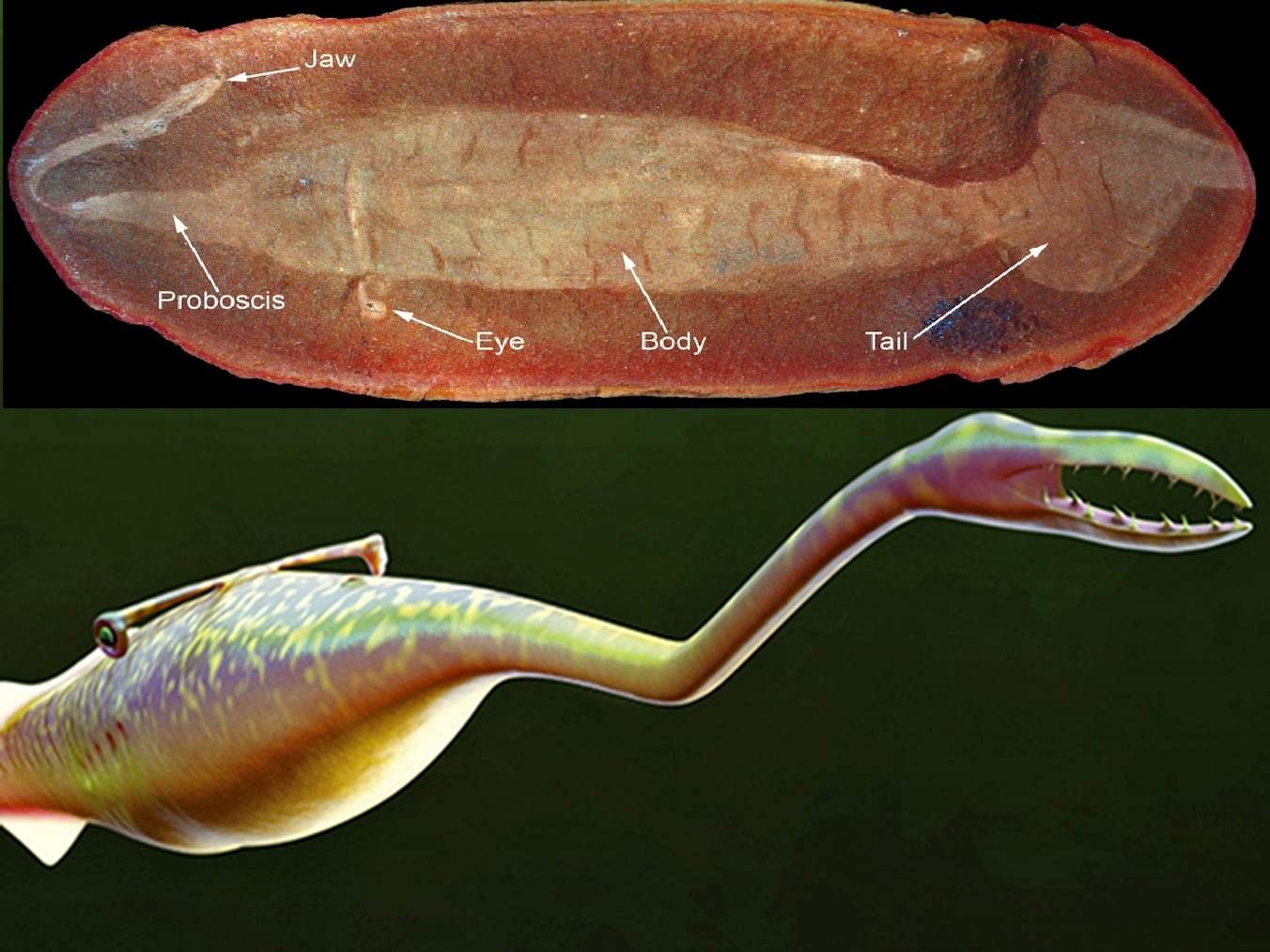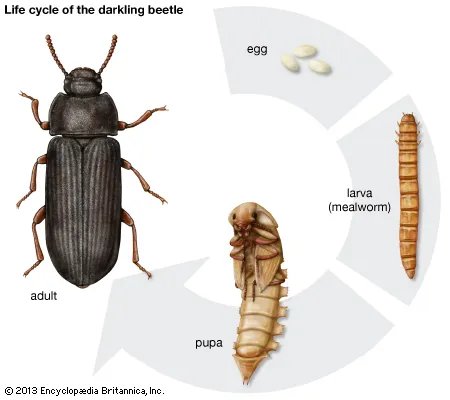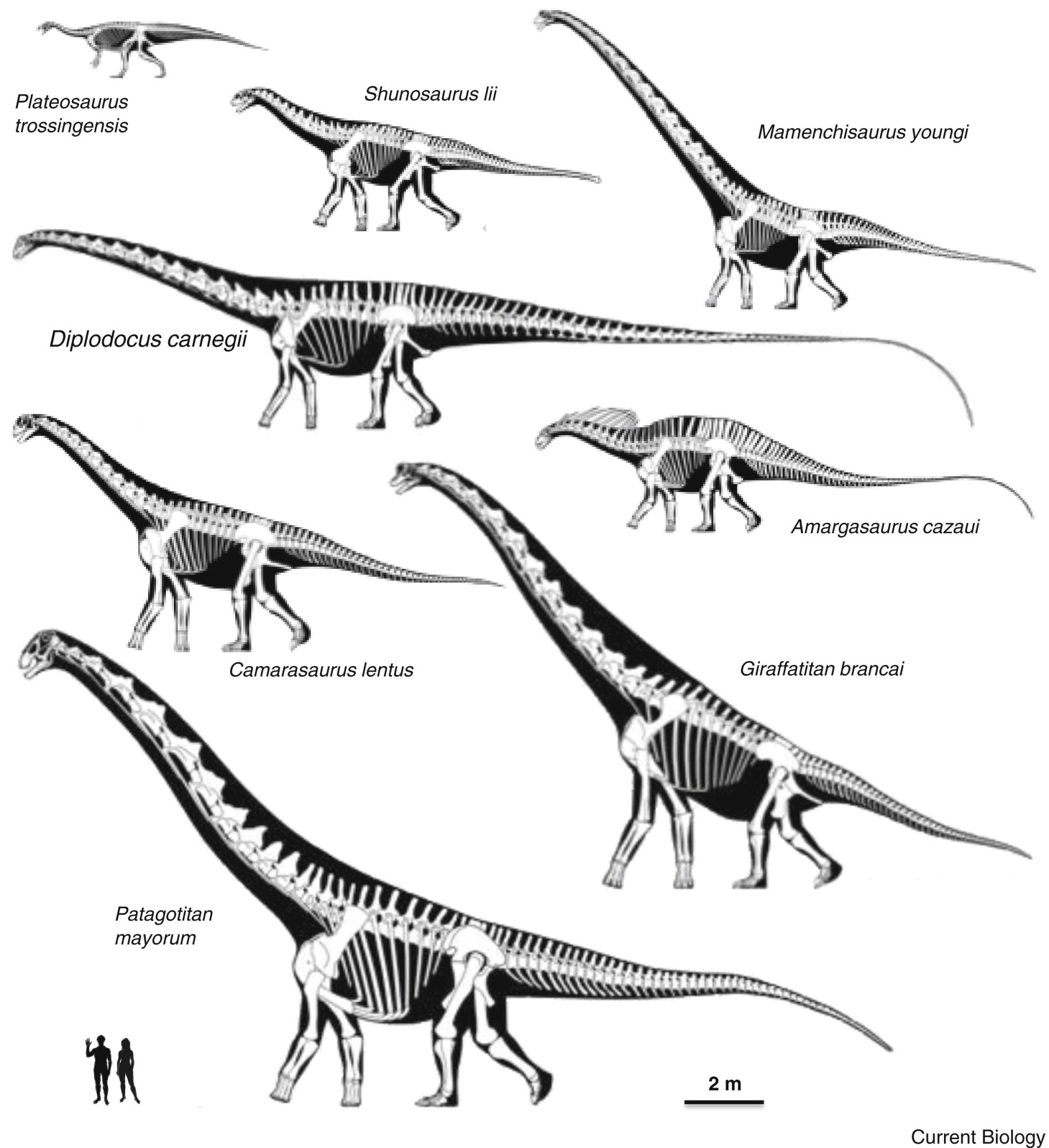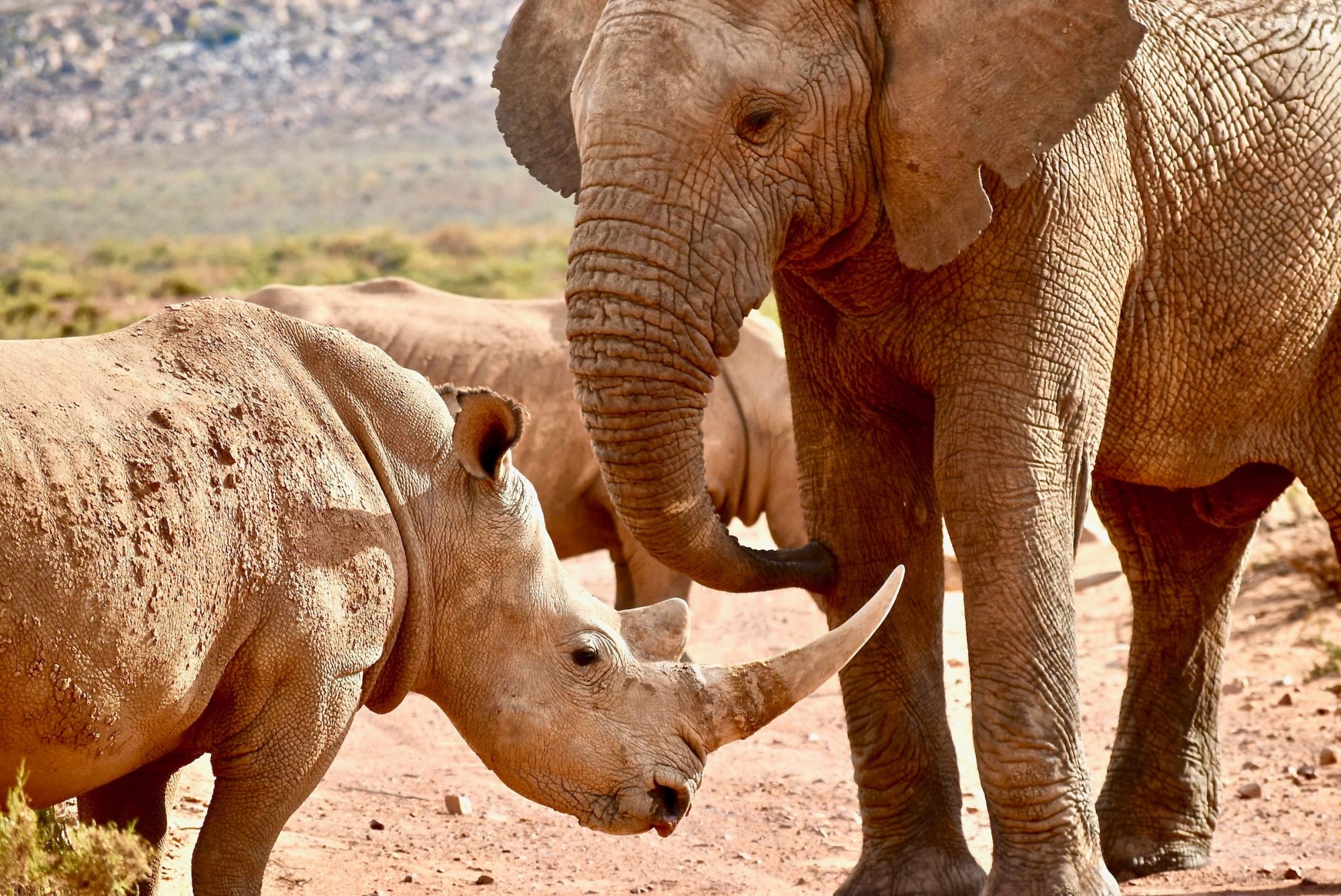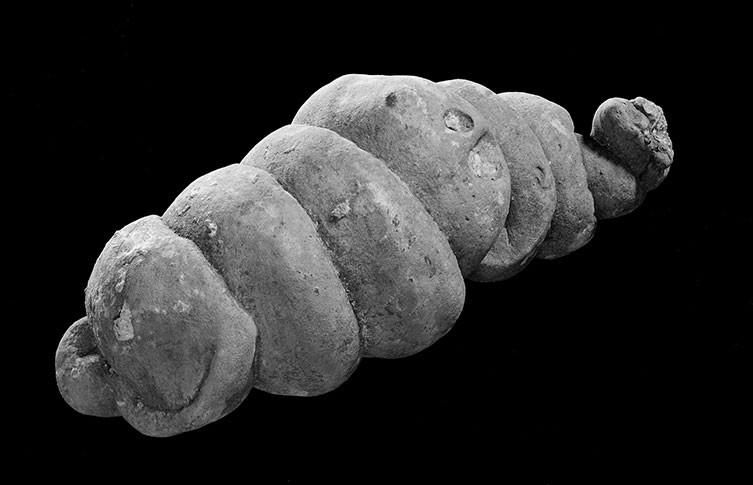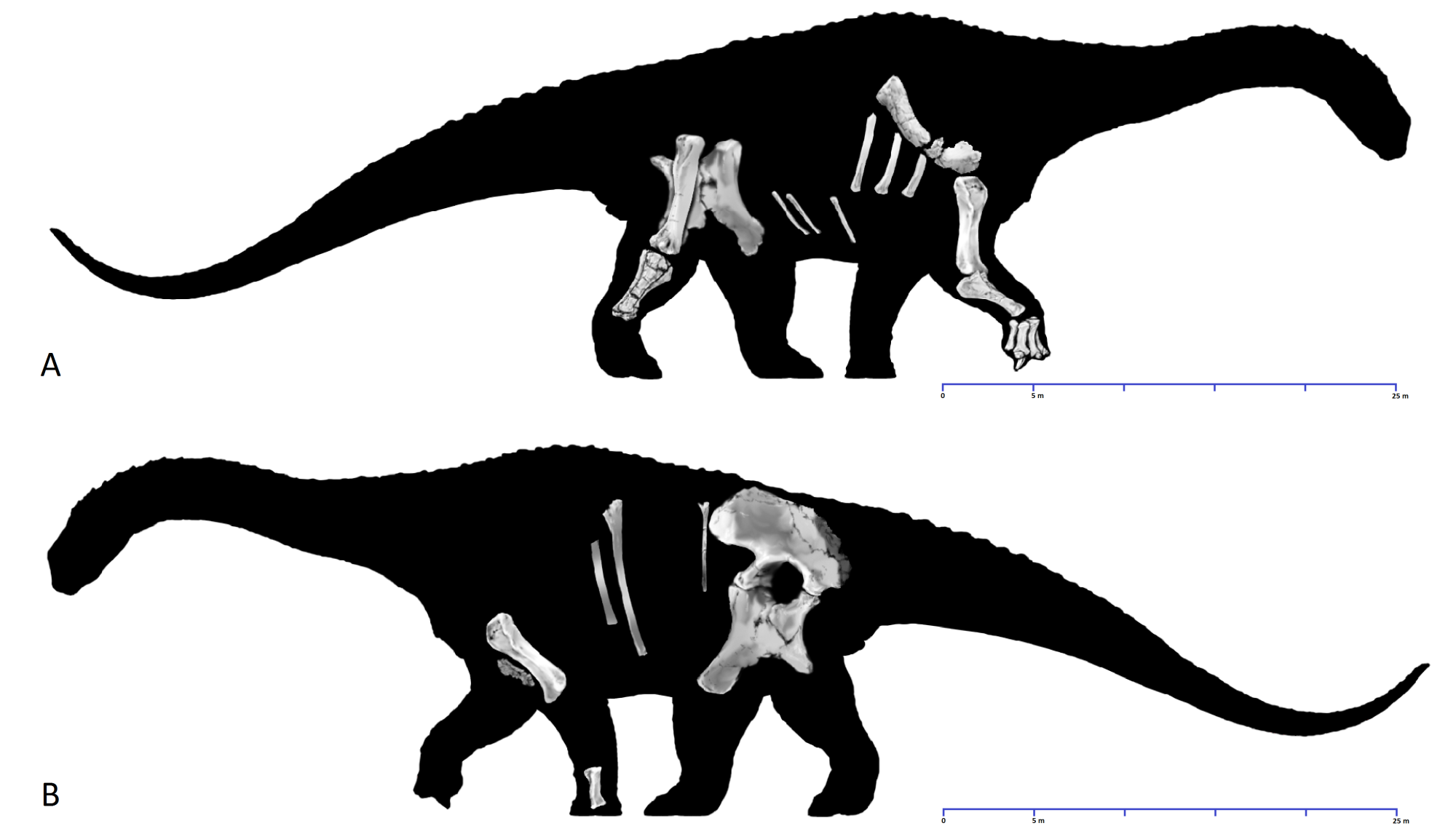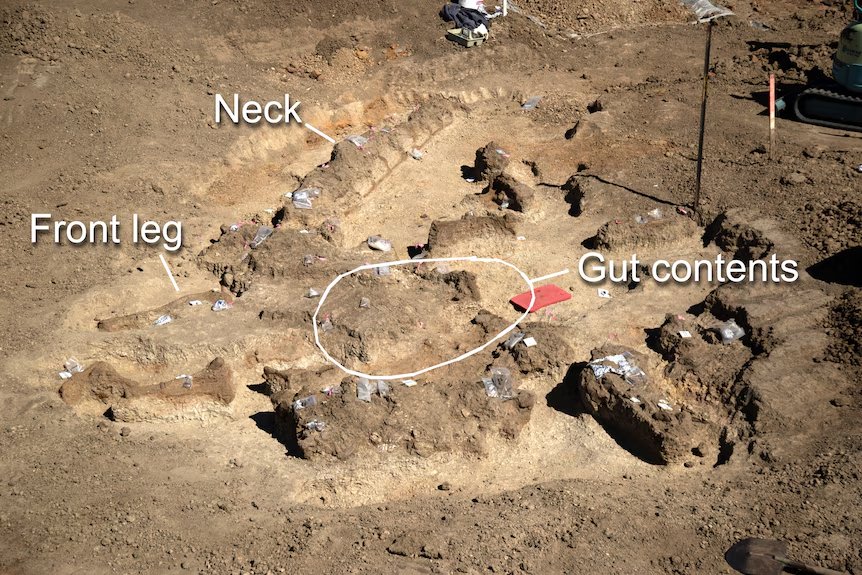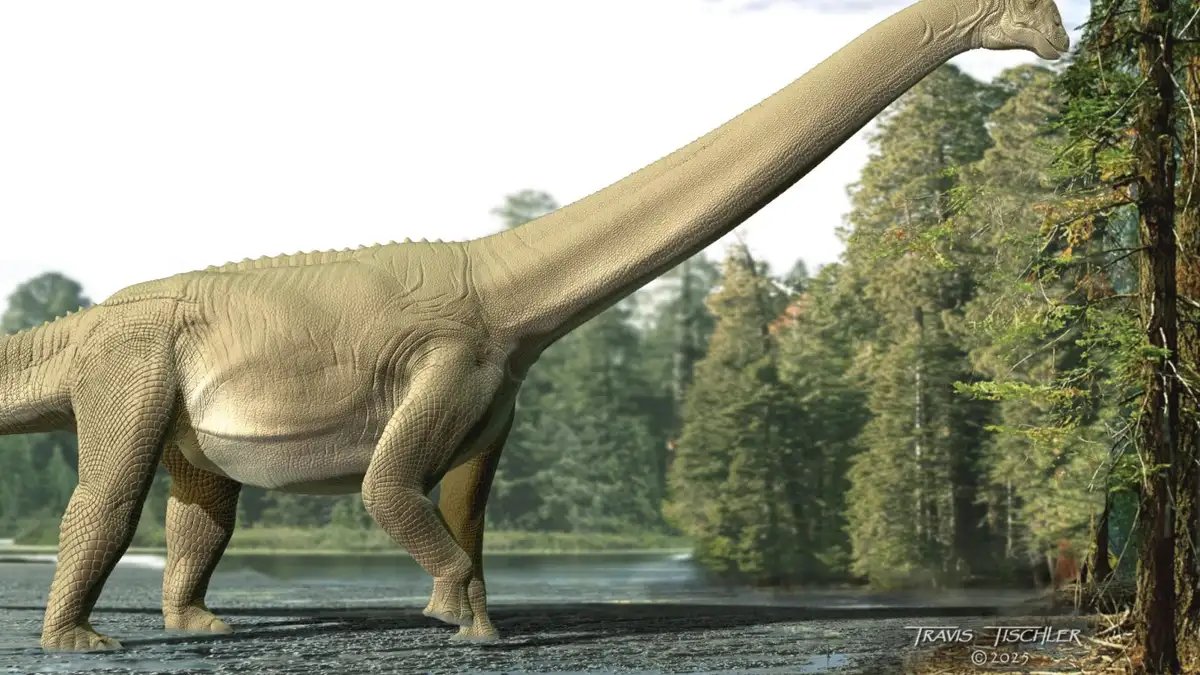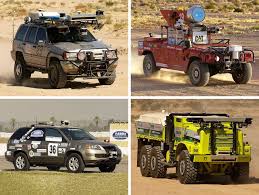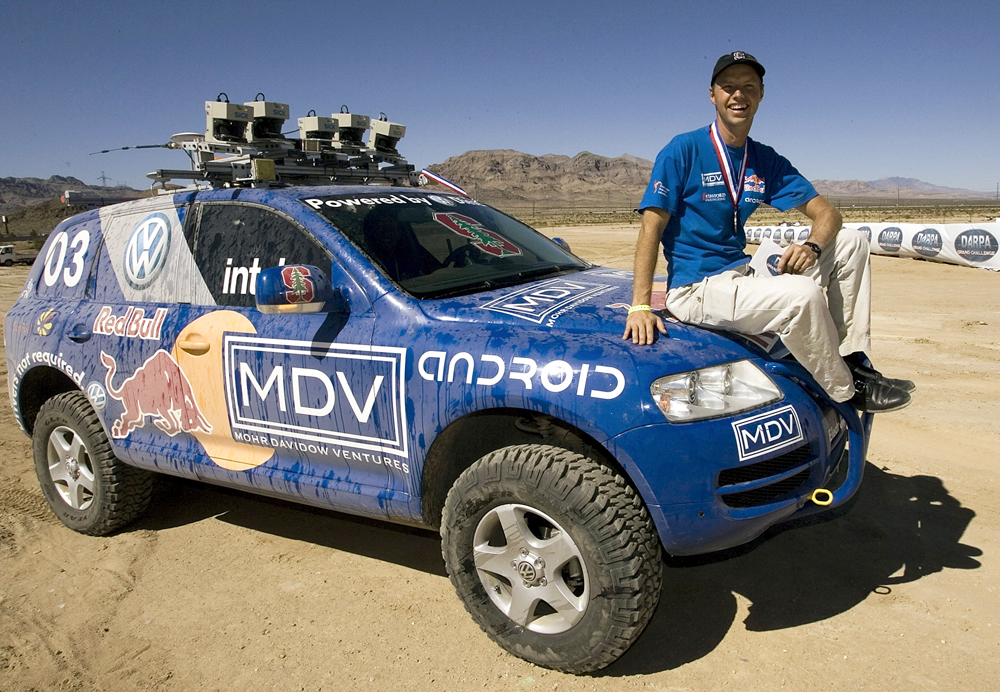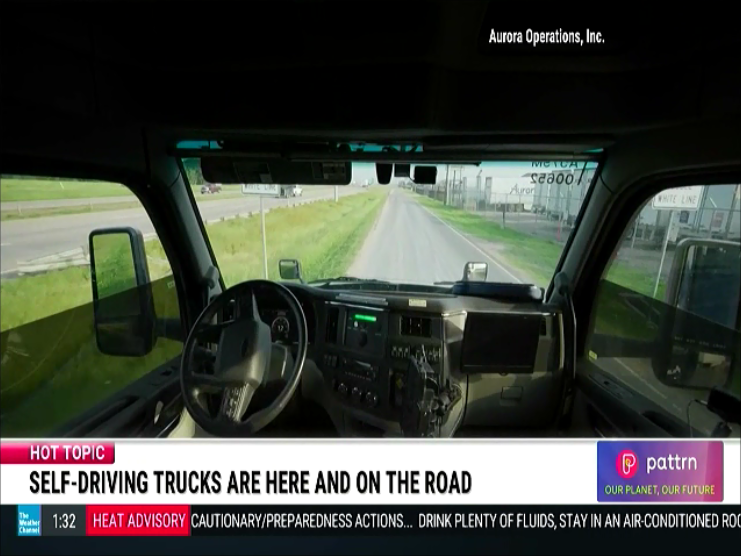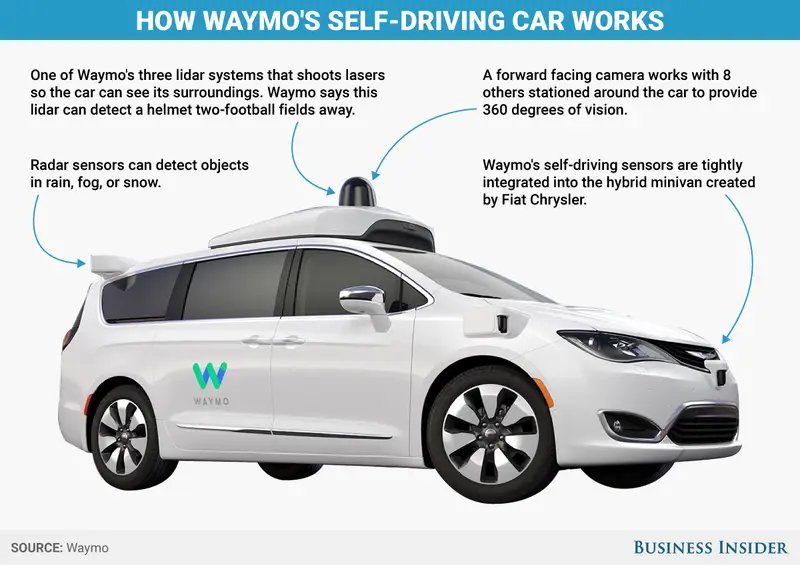The following sketch of the life and career of Trofim Lysenko is necessarily both brief and lacking in detail. A virtual unknown outside of the former Soviet Union, Lysenko has nevertheless become a byword for the abuse of scientific truth for political purposes and the consequences of that abuse to both individuals and the greater population as a whole.

Born on the 29th of September in 1898 to a peasant family in old Tsarist Russia Trofim Denisovich Lysenko only learned to read and write at the age of 13 when he was given two years of schooling. In Russia at that time that was the most education that someone of his class could hope for. It was expected that Trofim would spend his entire life as a peasant farmer like his father, so he really didn’t need much education.

That changed with the Russian Revolution, to do them justice the Bolsheviks were determined to educate the peasants as a means of modernizing their country, of improving Russia’s economy and eliminating all social classes. Taking part in this educational revolution Lysenko received both what we would call a high school degree and then his bachelor’s degree at the Kiev Agricultural Institute, now the National University of Life and Environmental Sciences of Ukraine. For the rest of his career Lysenko would work with the object of improving the yields of the various crops that were grown in the Soviet Union, no easy task thanks to the harsh Russian winter.

Early in his career Lysenko tried to convert spring wheat to winter wheat in order to increase the growing season, and therefore increase the yearly yield of that important crop. Discounting Mendel’s ideas about genes, Lysenko instead tried to ‘teach the wheat’ to survive better in the winter and assumed that the lessons learned by each plant would be passed on to future generations of the wheat. Although Lysenko claimed great results from his experiments his papers were criticized for sloppy statistical analysis. To this day it is still unclear if Lysenko ever deliberately falsified his evidence but sloppiness and mathematical errors abounded.

Lysenko’s work however brought him to the attention of Joseph Stalin who in the late 1920s was trying to collectivize all of the farms in the Soviet Union. Stalin liked Lysenko because of his peasant background and because Lysenko’s ideas about teaching wheat to change its behaviour fitted in well with Communist dogma. Also, it turned out that Lysenko had considerable rapport with the peasants who were giving Stalin trouble and proved himself to be useful in convincing them to accept collectivization.

With Stalin’s support Lysenko’s career was assured no matter how ludicrous his ideas, no matter how sloppy his work, no matter how many other scientists criticized his papers. In fact it wasn’t long before those scientists who criticized Lysenko were being denounced for ‘anti-soviet’, ‘reactionary’, ‘western’ even ‘Trotskyite’ behaviour. Hundreds of biologists were arrested and sent to gulags where many died, some were even executed.

Lysenko’s control of Soviet agriculture became total as far as people were concerned but somehow the crops themselves weren’t impressed. One example of Lysenko’s ideas about increasing crop yields will illustrate just how preposterous they were. Despite hundreds of years of experience by farmers that every plant needed some space in order to fully grow, Lysenko insisted that ‘plants from the same class never compete with one another’ so crops could be planted much closer together thereby increasing the yield each acre of land could provide. Such nonsensical theories were partly the cause of numerous famines in both the Soviet Union as well and in Red China under Mao, who also approved of Lysenko’s theories.

So what does the life of Torfim Lysenko have to do with us today? Well in the years since Lysenko’s death the term Lysenkoism has been used to denote the falsification of scientific truth in the service of political orthodoxy and of using political force to silence scientific truth. In that respect I think you’ll agree that Lysenko’s life has a great deal to teach us today.

Let’s just consider a few of the sillier moments of Trump’s presidency. Remember the clumsy redrawing of the map for hurricane Dorian so that Trump could claim he was right about where the storm might go. Remember his suggestion that we somehow inject disinfectant into our bodies in order to kill the Covid virus. Trump has never had much interest in science and his refusal to ever admit that he is wrong has often brought him into conflict with reality.

Trump’s refusal to accept his loss in 2020 seems to have only increased his dislike for the truth. Now in his second term he has repeatedly claimed that crime is rampant in democratically controlled cities despite FBI statistics clearly showing that violent crime is down over the last several years. Trump has even gone so far as to use the Jeffrey Epstein pedophile scandal to attack his political opponents while falsely minimizing his own relationship with the disgraced financier.

Worst still, Trump has threatened to withhold federal funding for scientific research from both Universities and corporations whose policies he disapproves of, canceling or at least delaying important research. At numerous federal agencies he has canceled or severely cut back on studies dealing with climate change, the environment and vaccines for illnesses.

As the head of the federal bureaucracy Trump has chosen for his cabinet and other important posts not people with experience or ability but incompetent sycophants who flatter him and obey him without question. Now Trump has decided that the economic statistics complied by various agencies of the government are just wrong, not because of any evidence he has but just because they make him look bad. He has fired the head of the Bureau of Labour Statistics because of a bad jobs report and Trump’s chosen successor has questioned whether those numbers are even needed.

Now I don’t mean to imply that Trump is the root cause of all that is wrong in our country today, far from it. The biblical creationists have been denying evolution for over a hundred years now, and using political force to fight it since they have no evidence worthy of the name. The tobacco industry actually conducted tests on their product showing how dangerous tobacco was, and then lied to their customers saying that tobacco was safe so that they could stay in business. The petroleum industry learned from big tobacco and so, even when their own scientists told them global warming was real, they just fired the scientists and then bribed conservative politicians and news networks to deny climate science.

So you can see that Lysenkoism has been a part of American politics for a long time. Now however we have a President who is more than willing to destroy American science in order to get his own way, in a sense simply because he has been a liar his entire life and liars just hate the truth.

Who knows how long this current stage of Lysenkoism will continue in this country. It is worth noting however that when reality finally pushes its way through the lies of Lysenkoism it is usually a big disaster, like the famines that Lysenko himself was responsible for. Will we keep going down this disastrous road until climate change has led to the deaths of millions, until plastic pollution is causing severe illnesses in a large section of our population? With all of the problems we humans will face in the coming decades we won’t survive by simply lying to ourselves that there are no problems.











